The wild dogs of Werribee
Giving the African wild dogs at Werribee Open Range Zoo some time in the sun
Giving the African wild dogs at Werribee Open Range Zoo some time in the sun
New Year’s Eve at Melbourne Zoo was hot, but the otter’s enclosure is well shaded.
I’ve shown you the A1 photographing sequences of birds and cats, but I thought it was time for something different: a dancer – meet Renee, who dances ballet professionally.
I was planning to shoot with studio flash, but the natural light coming through the high windows in the industrial-chic space was far too tempting. Besides, I cannot shoot at 20 frames per second with studio flash, and dance makes for fine sequences. So much so that we’re going to start with a pirouette sequence.
Click on the gallery below to see the details. 11 consecutive images, shot at 20 frames per second (so half a second from start to end. None of these frames have been cropped, and they have had minimal processing. Shot at ISO 500, f/1.8, shutter speed from 1/800 to 1/1000, using the Sony 50mm f/1.2 GM and the Sony A1.
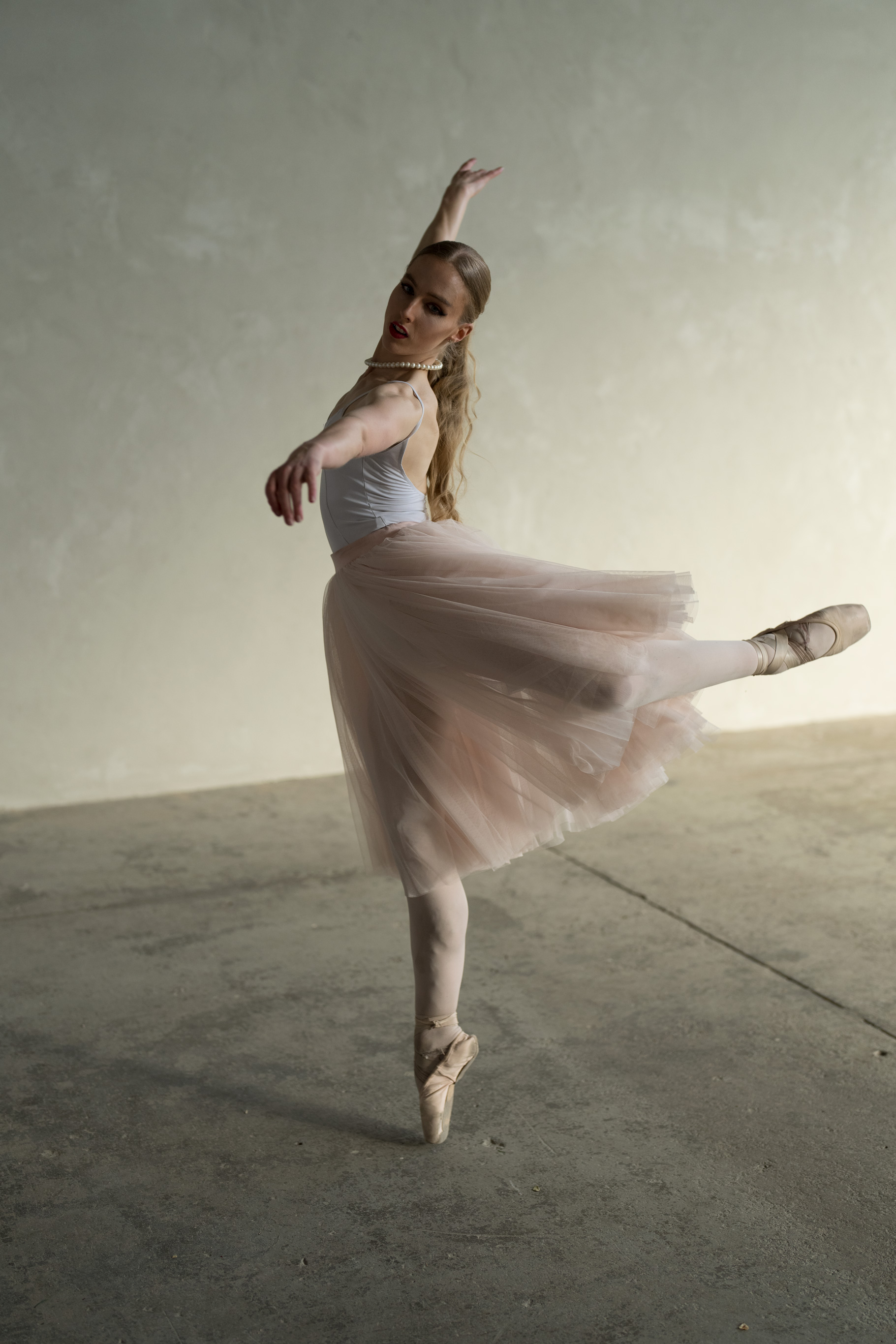
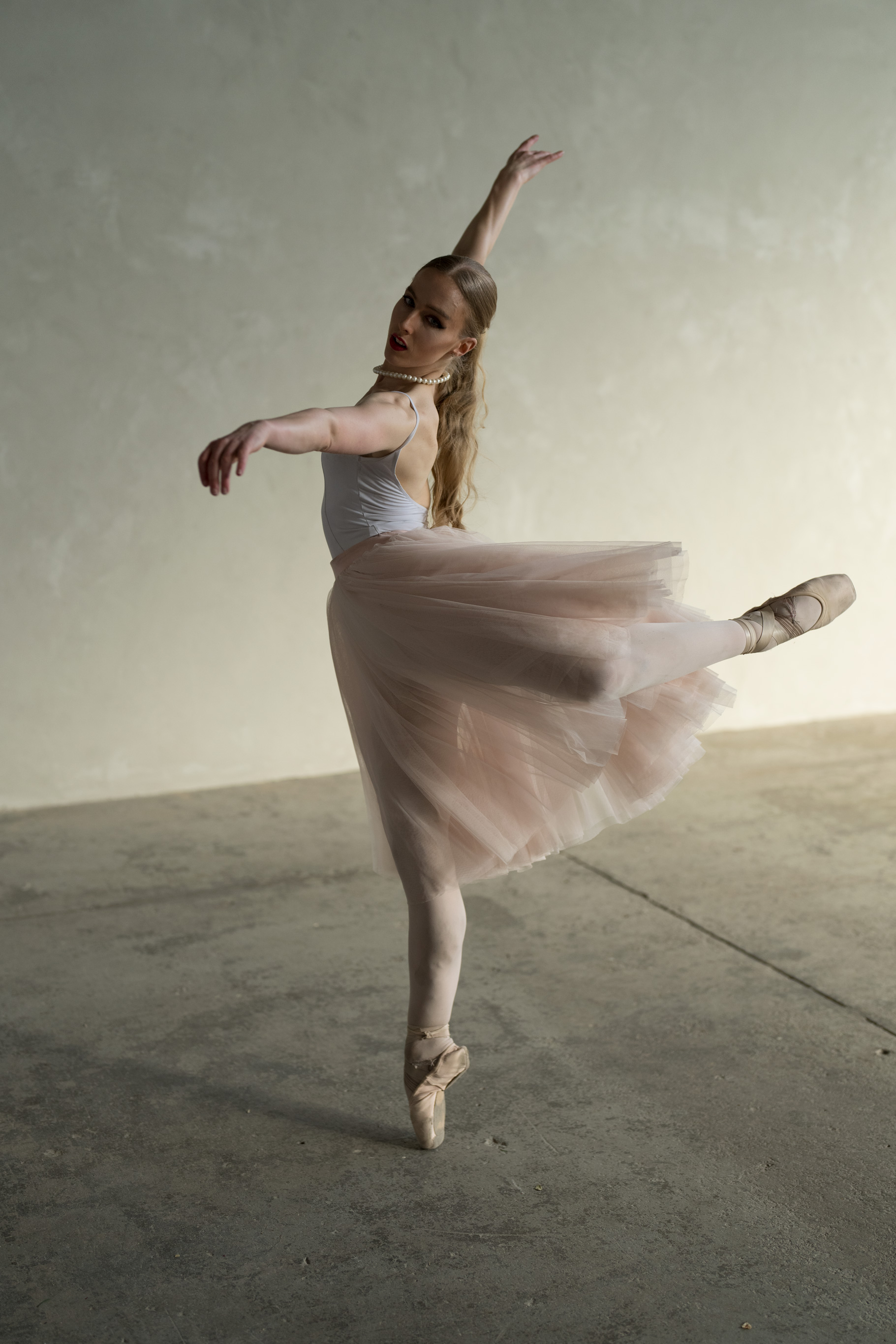
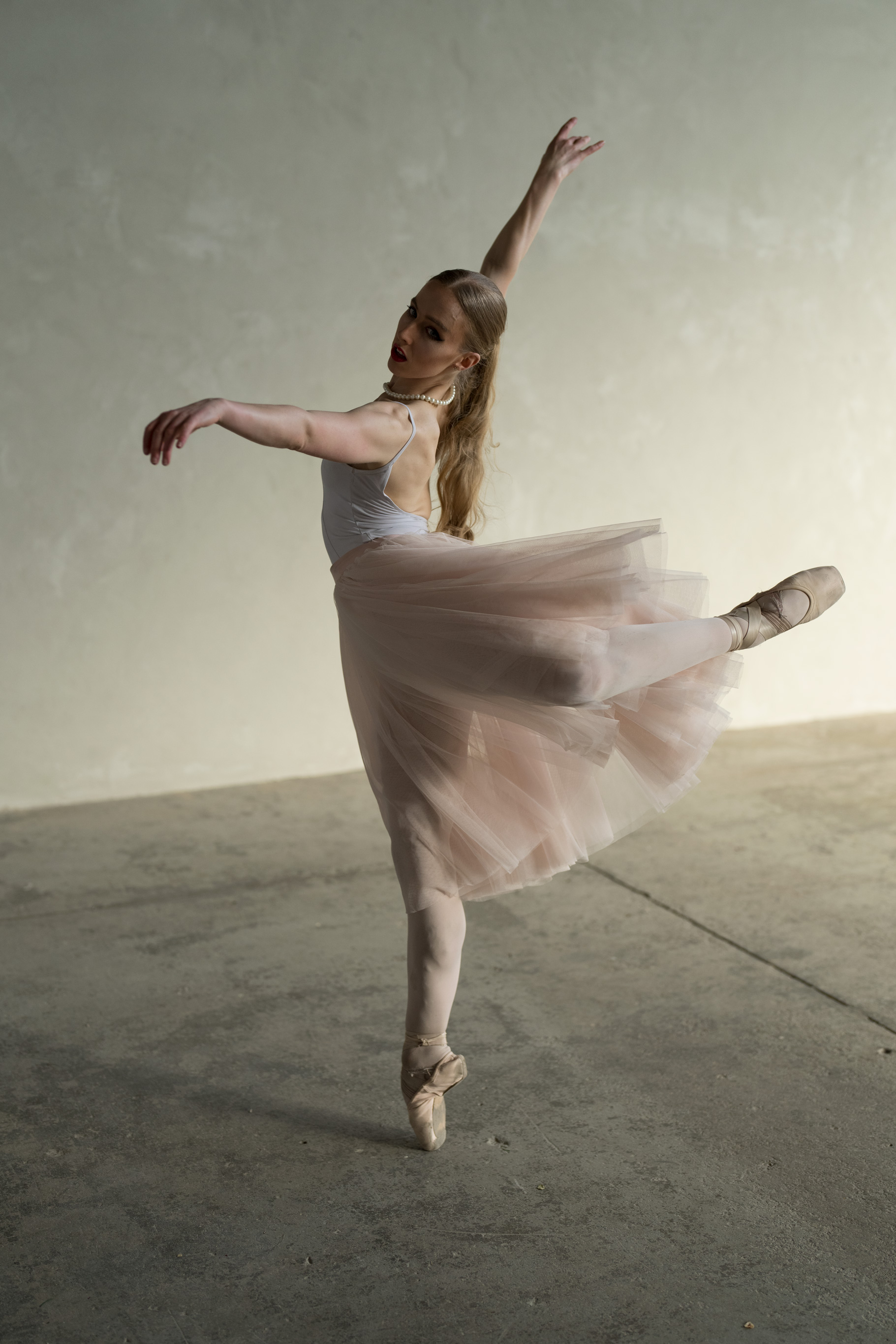
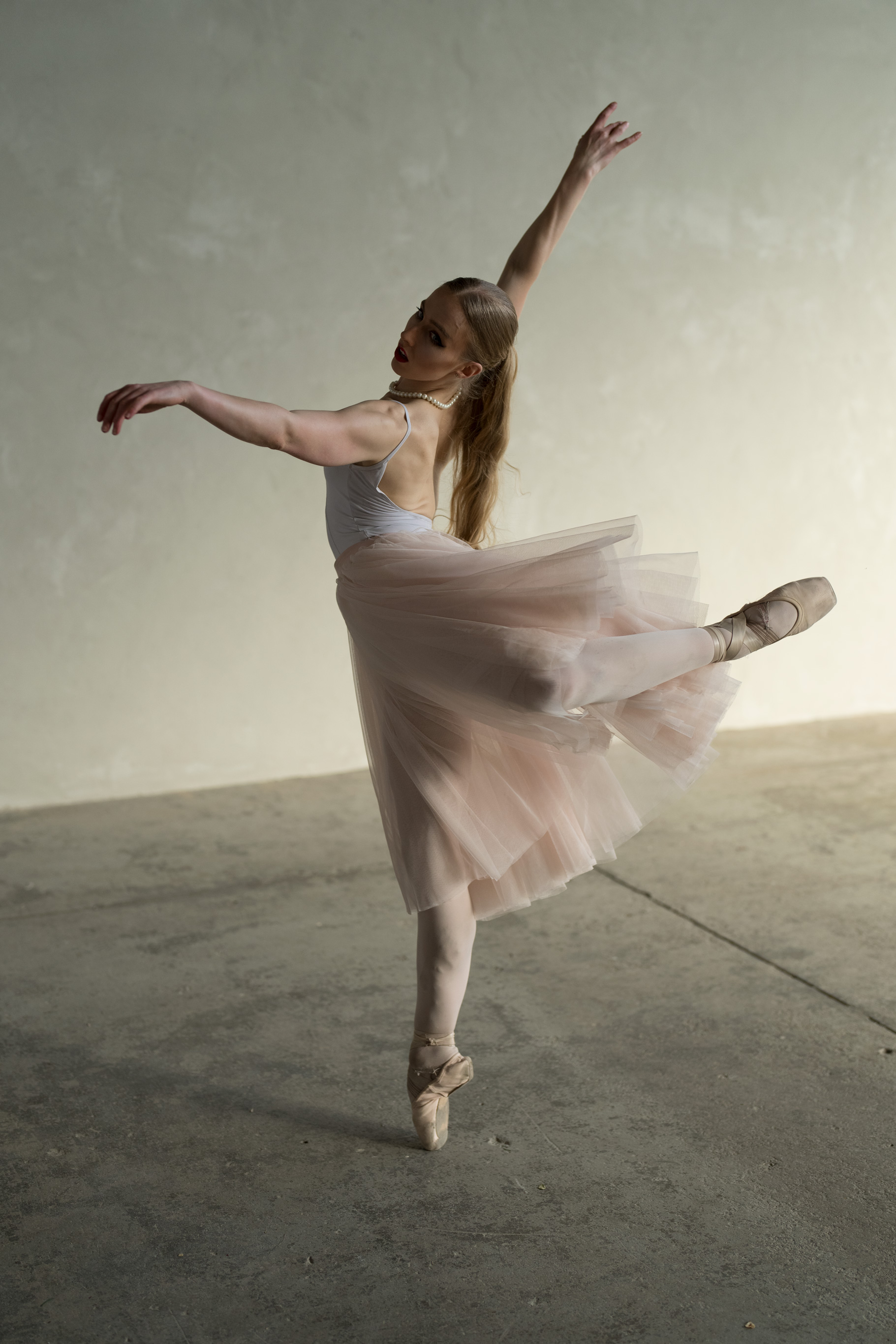
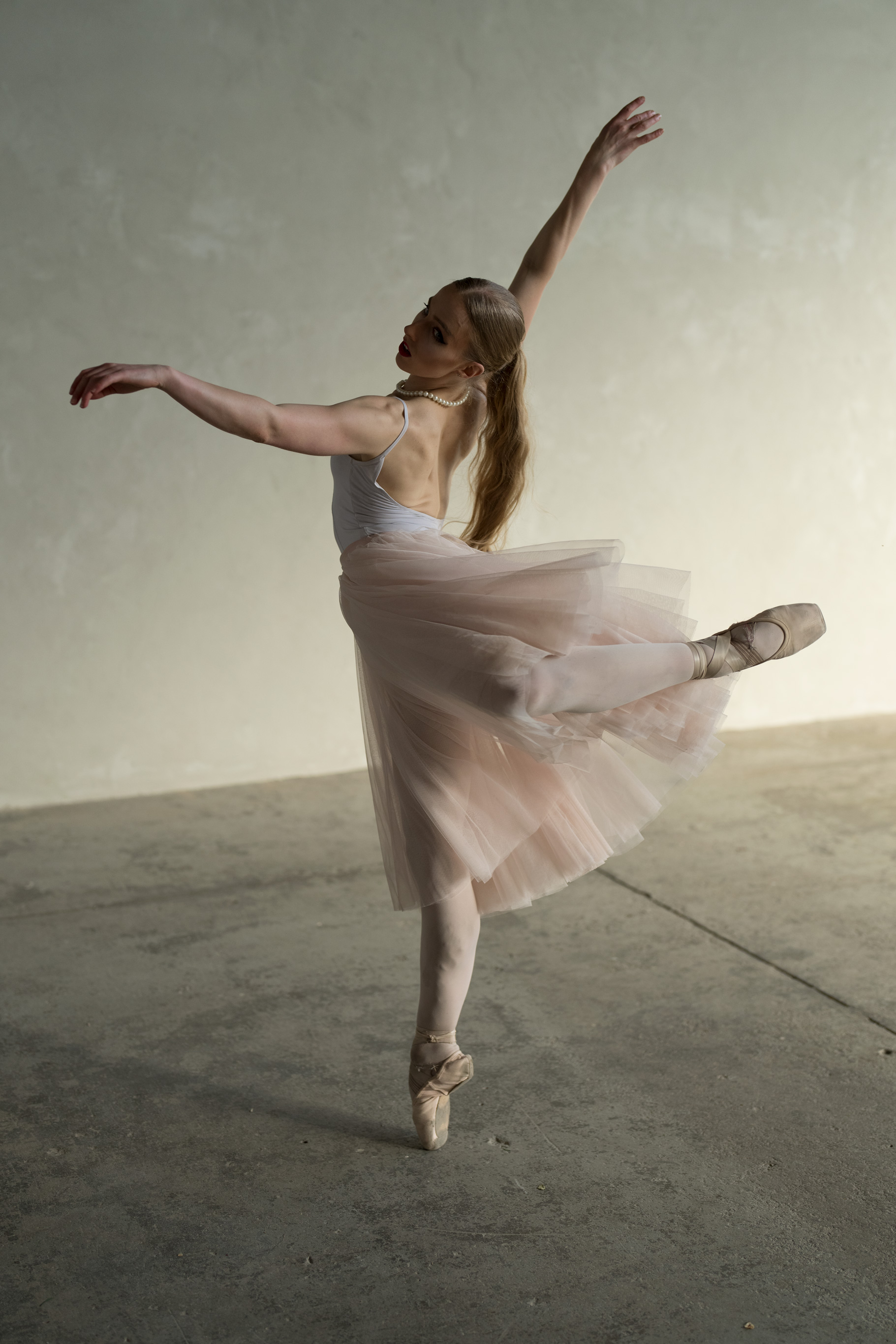
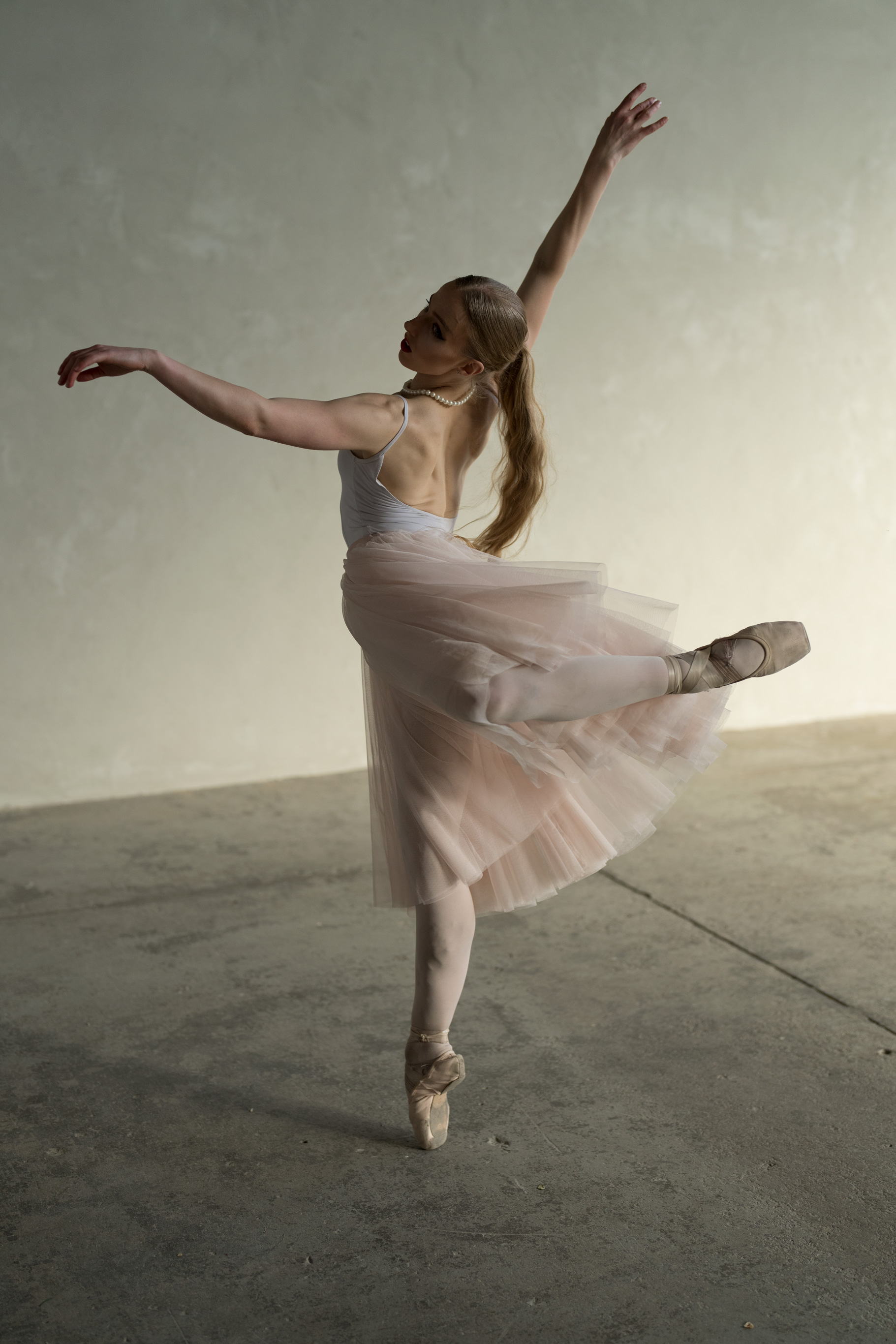
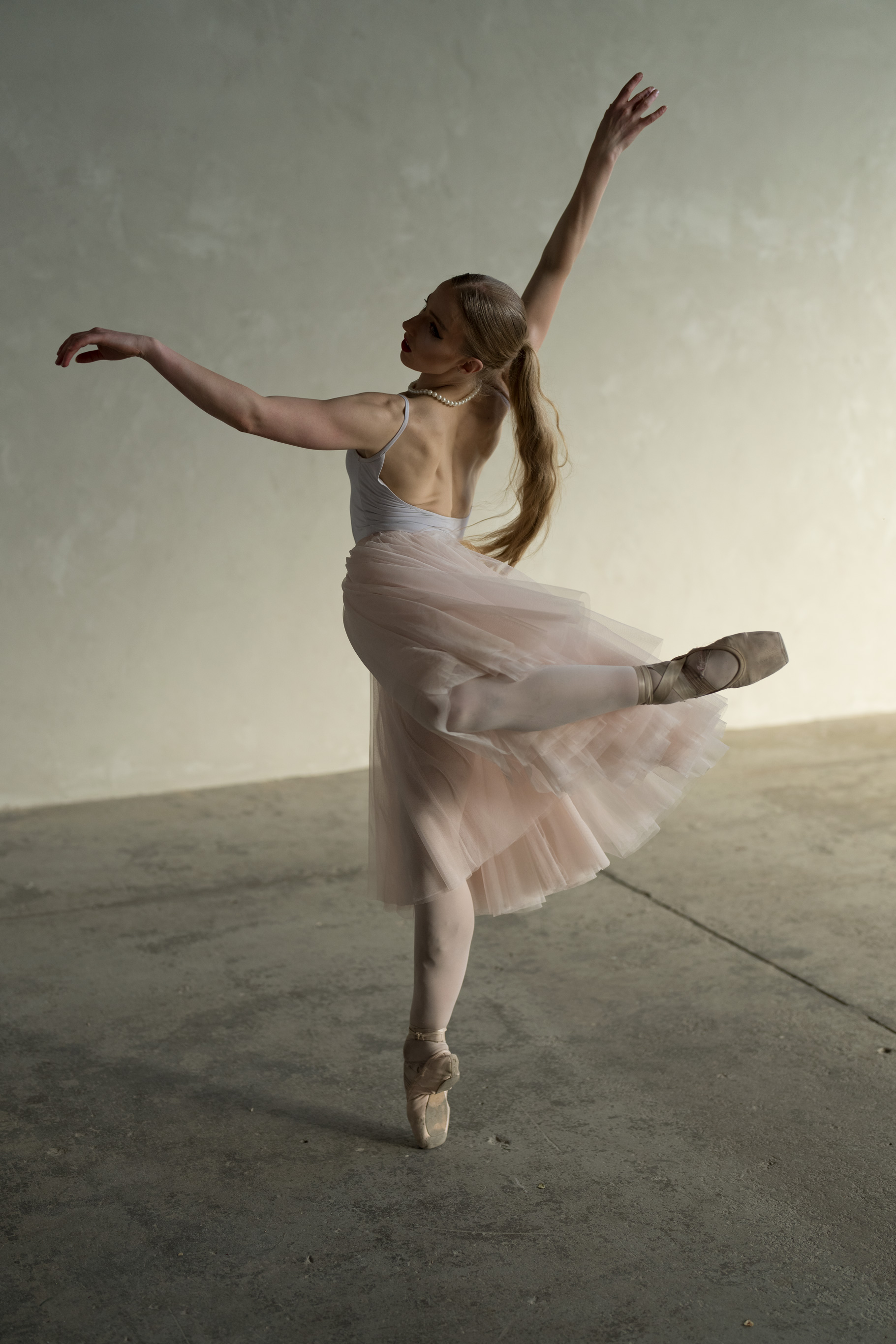
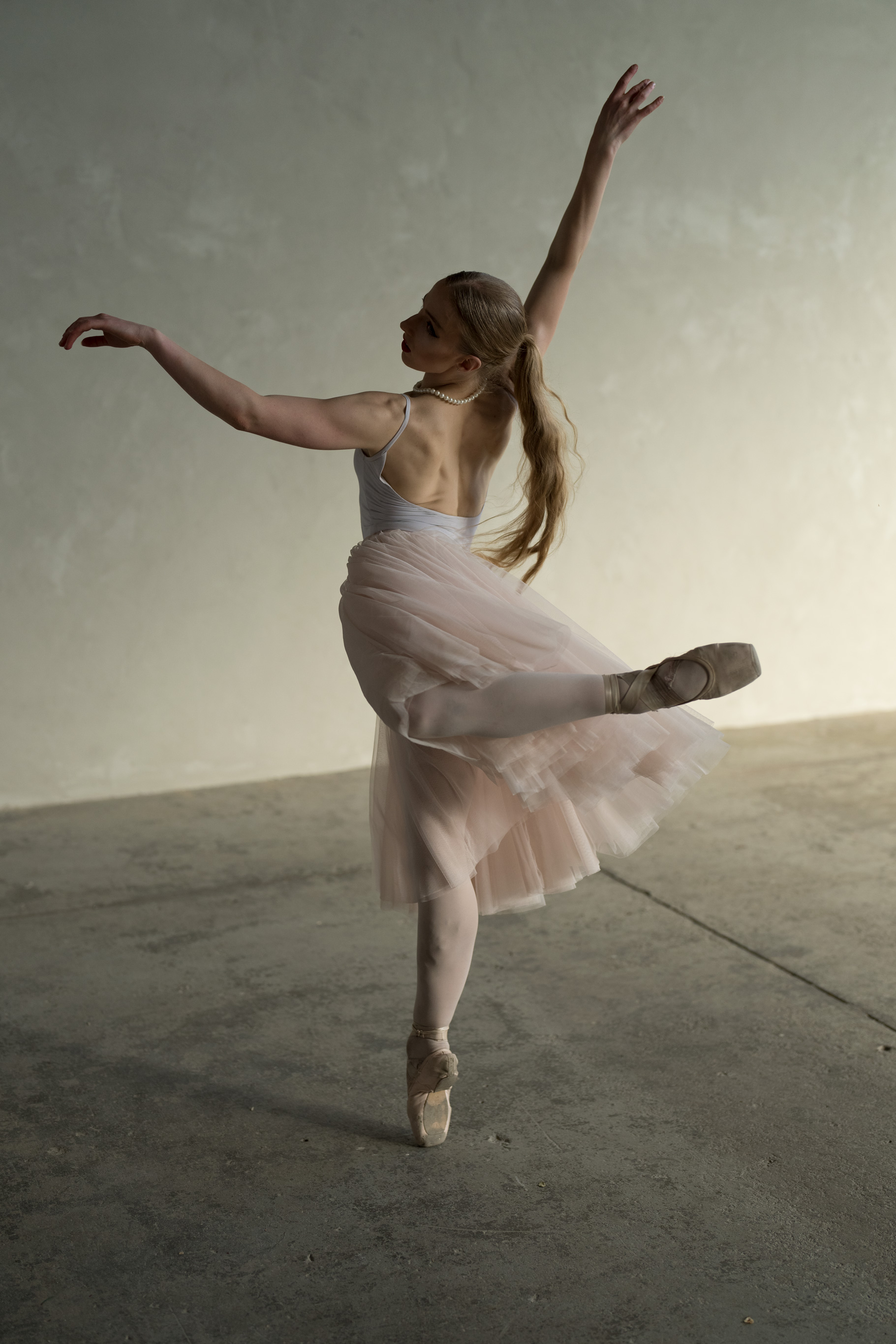
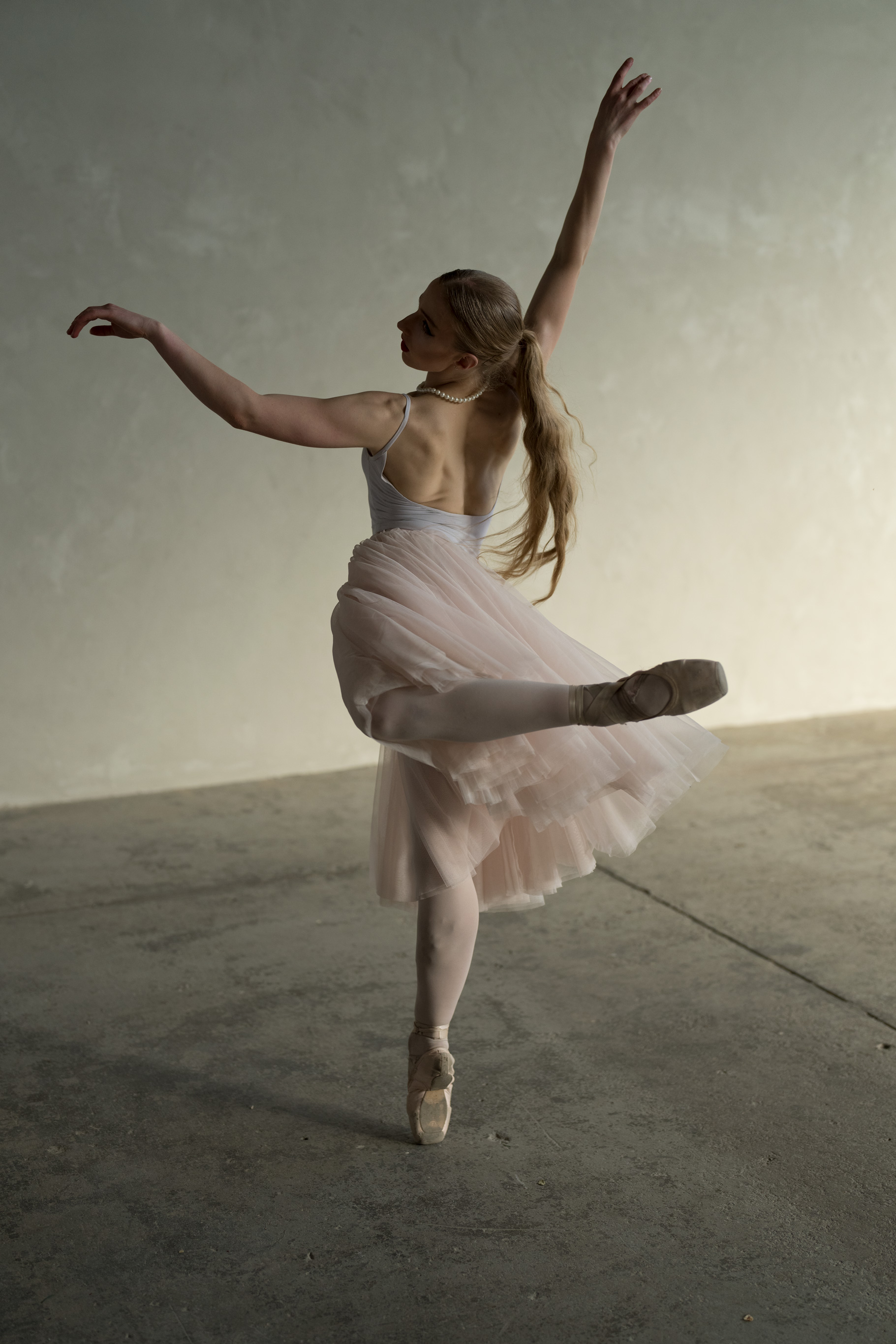
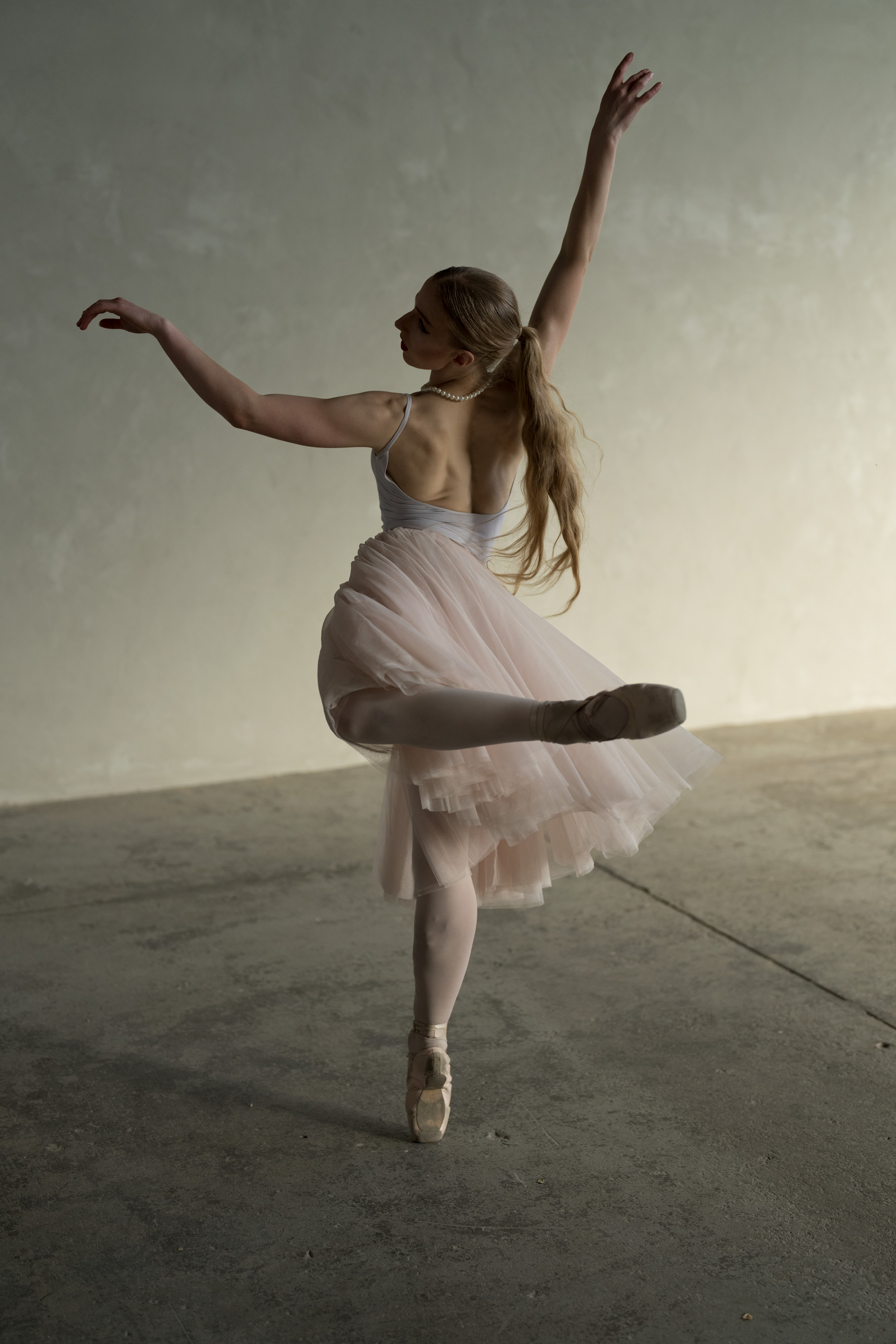
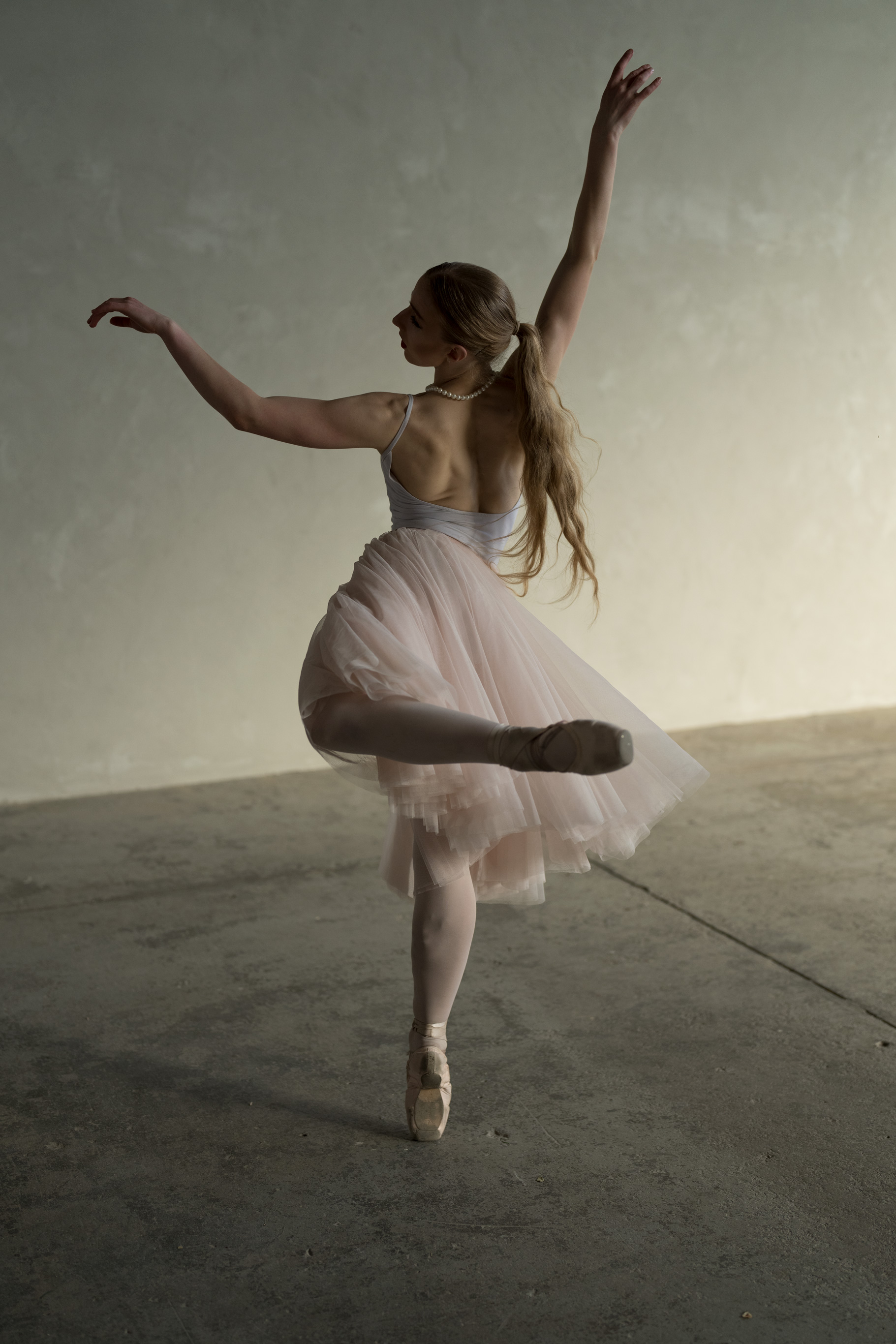
This shoot was enormous fun. A tip for those who haven’t worked with a professional dancer before: be prepared to keep shooting, lest you miss something fabulous!
Christmas at Melbourne Zoo is a time to get some beautiful photographs on our friends.
After having a barking owl flying directly at me, I was delighted to have a pretty little Australian kestrel flying towards me, but these little raptors don’t fly in straight lines.
It was a heavily overcast day, and somewhat windy. These images were all shot with a Sony 70-200mm GM II lens at 200mm, at ISO 500, f/2.8, 1/2000.
Here is the sequence in a gallery that you can click on to see the details – these are 24 consecutive images, shot at 20 frames per second, so you are seeing just over 1 second of flight here. None of these frames have been cropped.
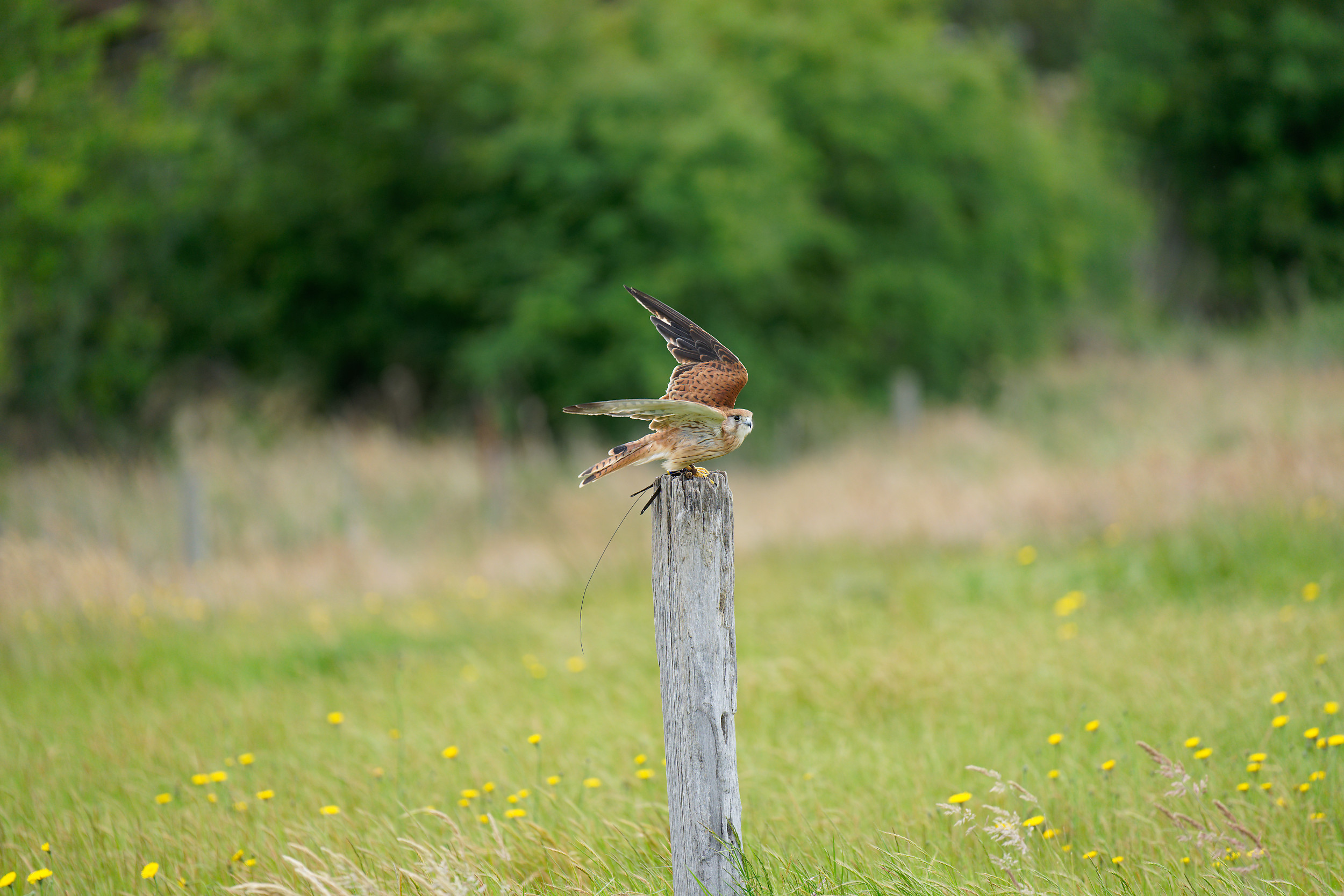
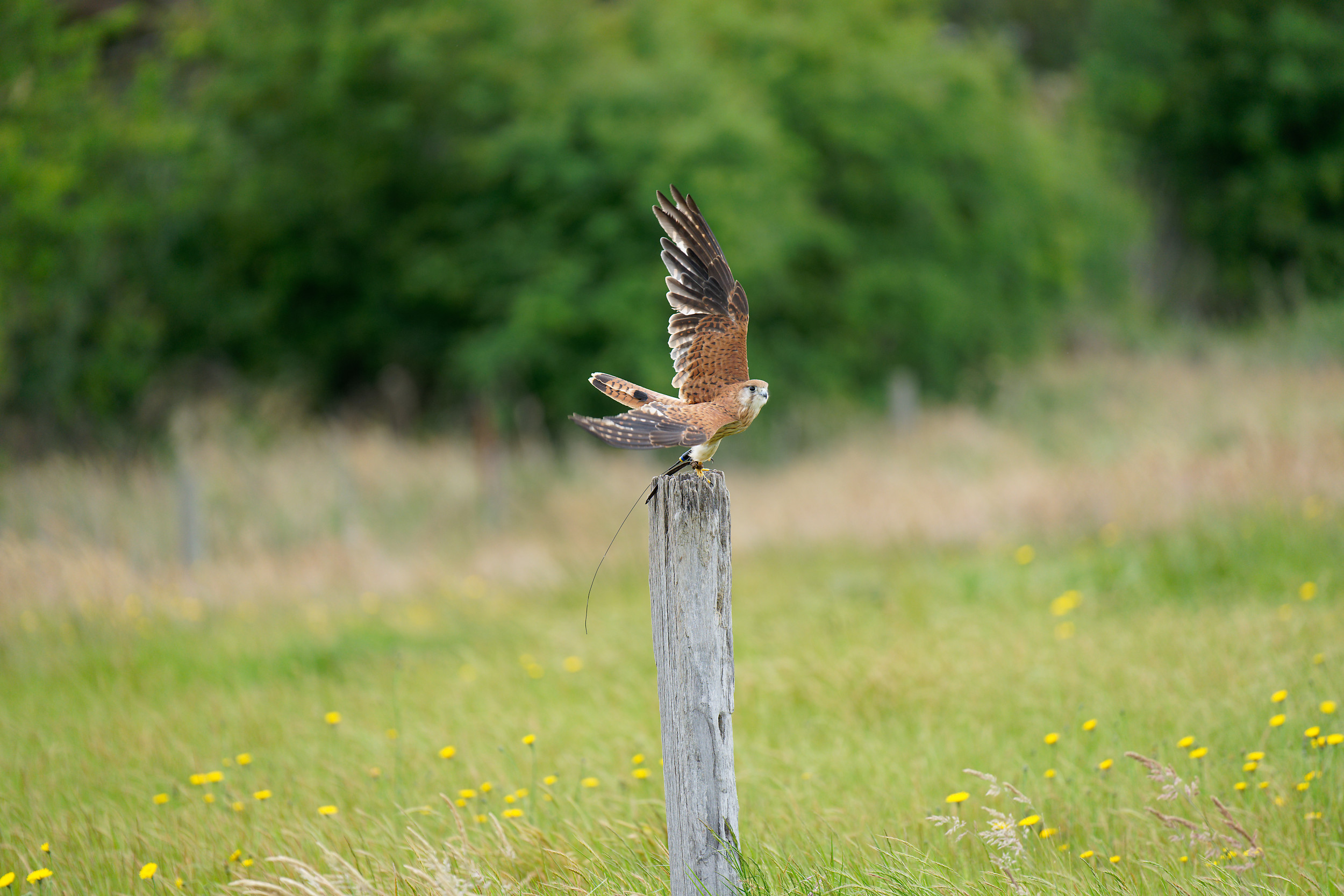
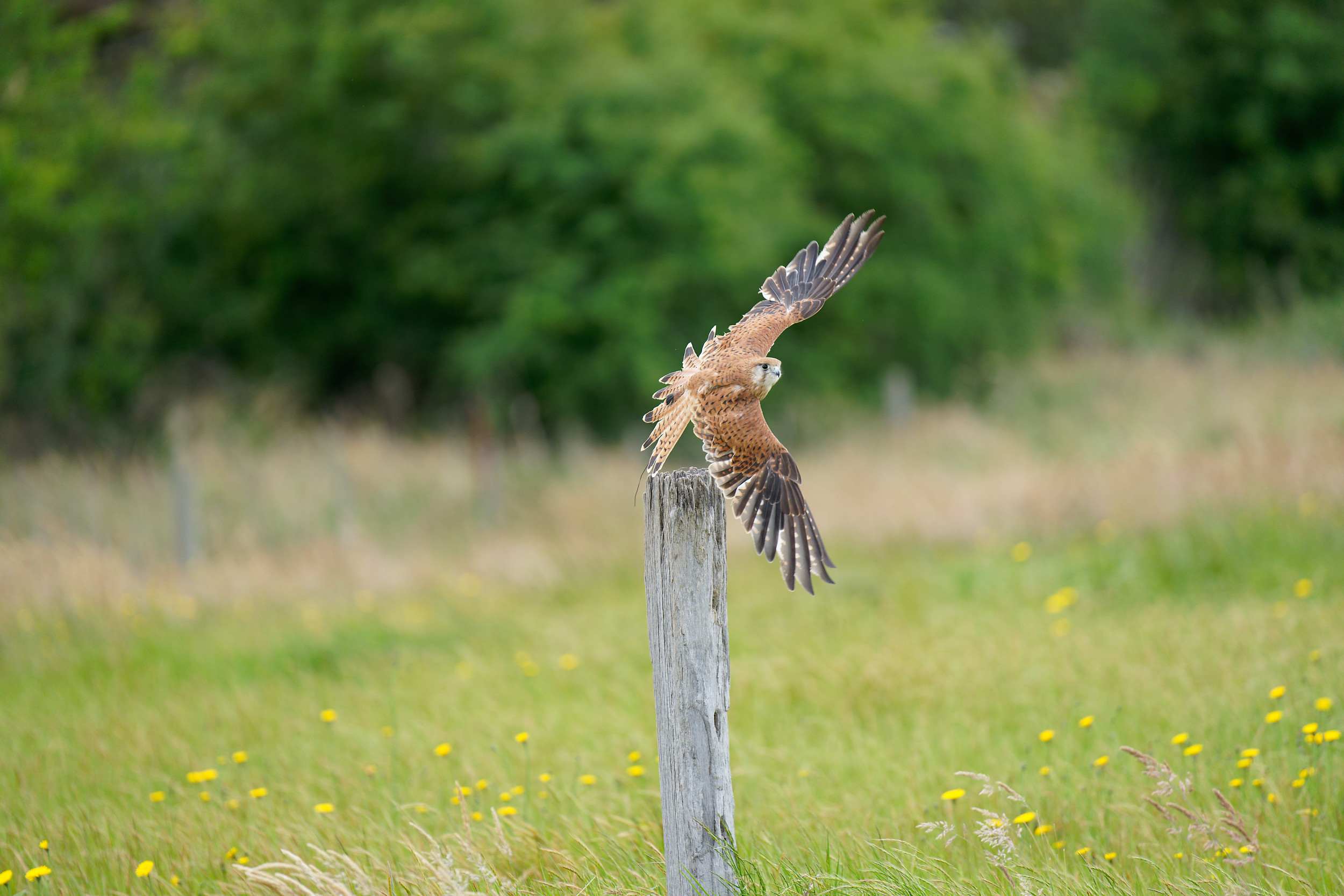
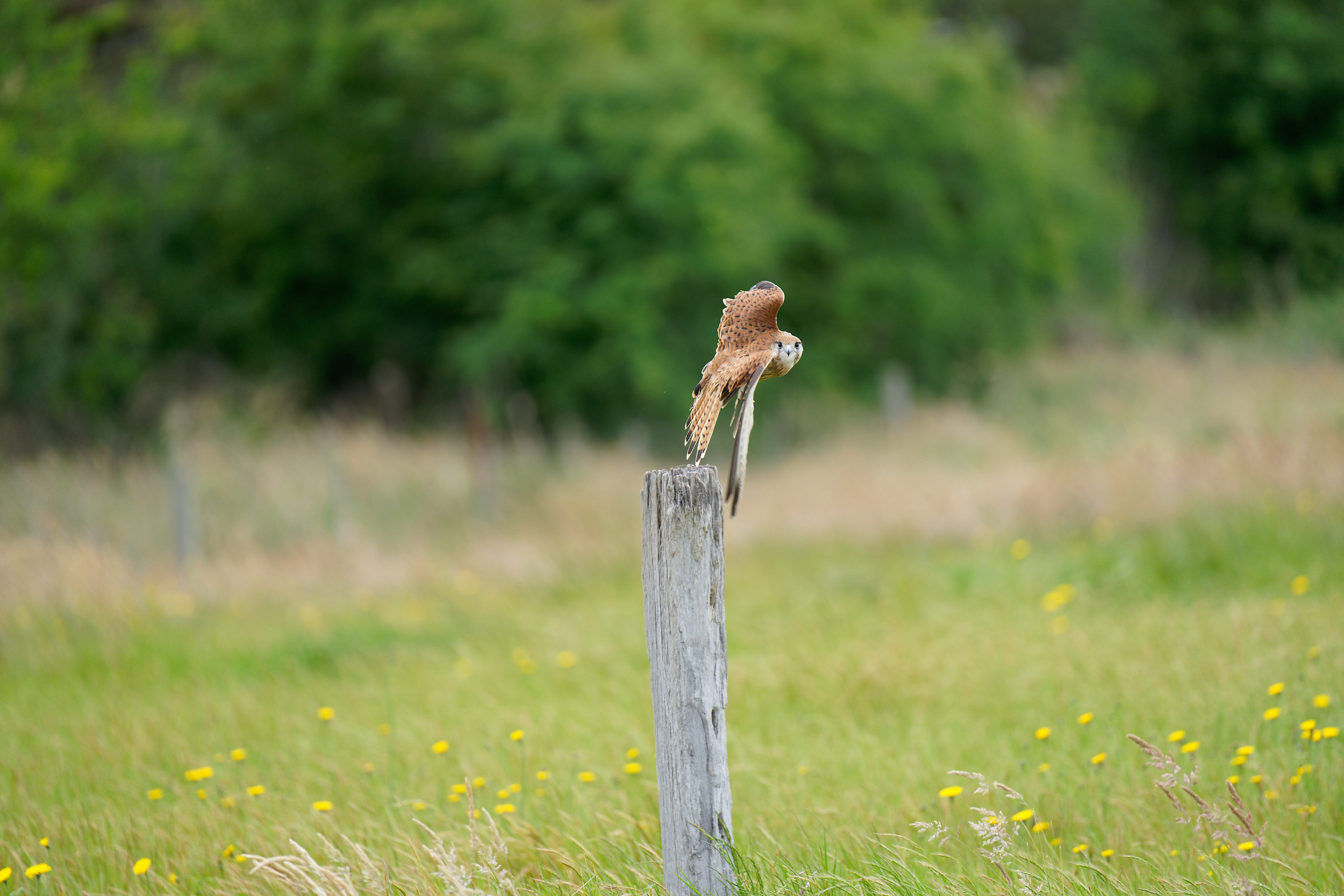
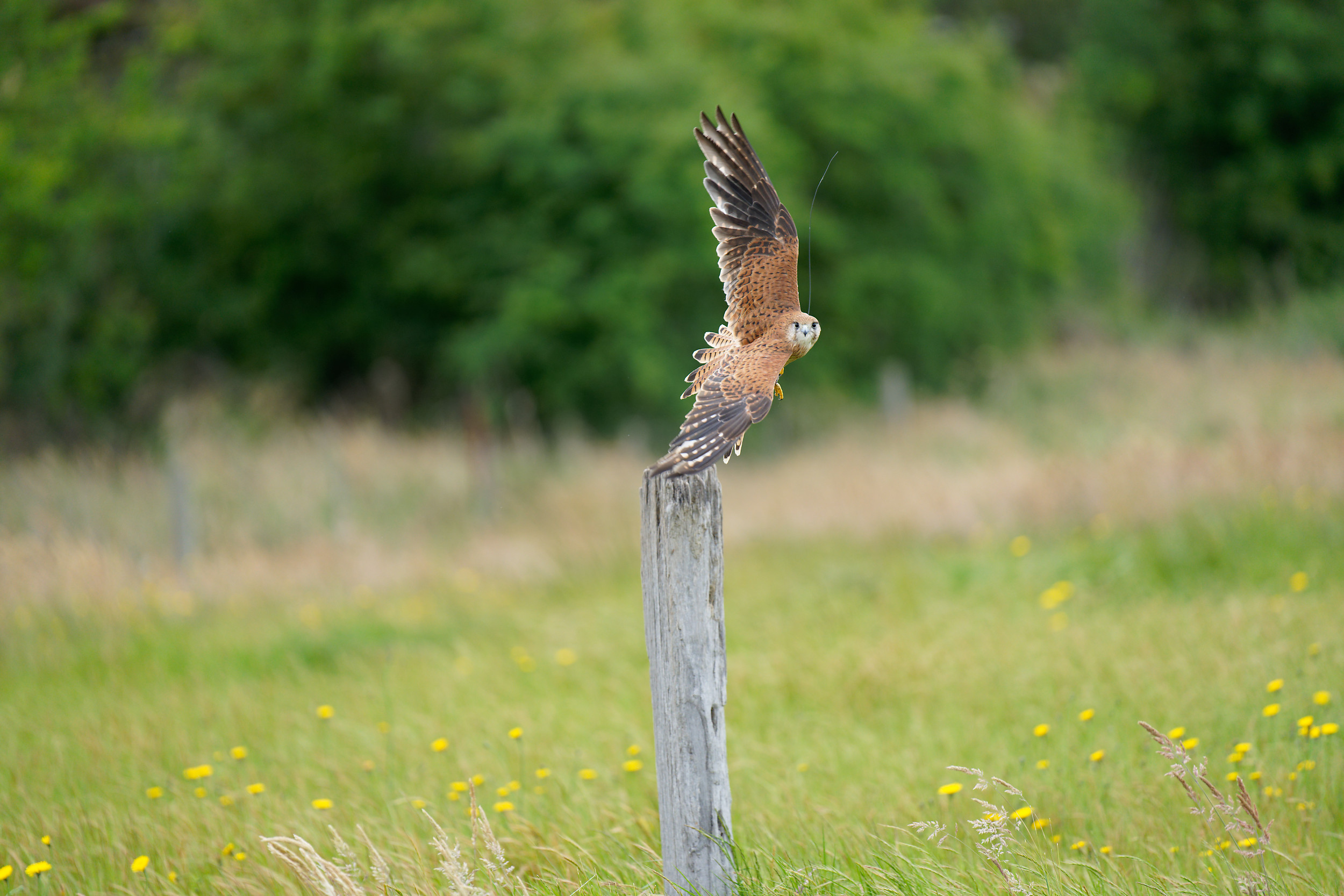
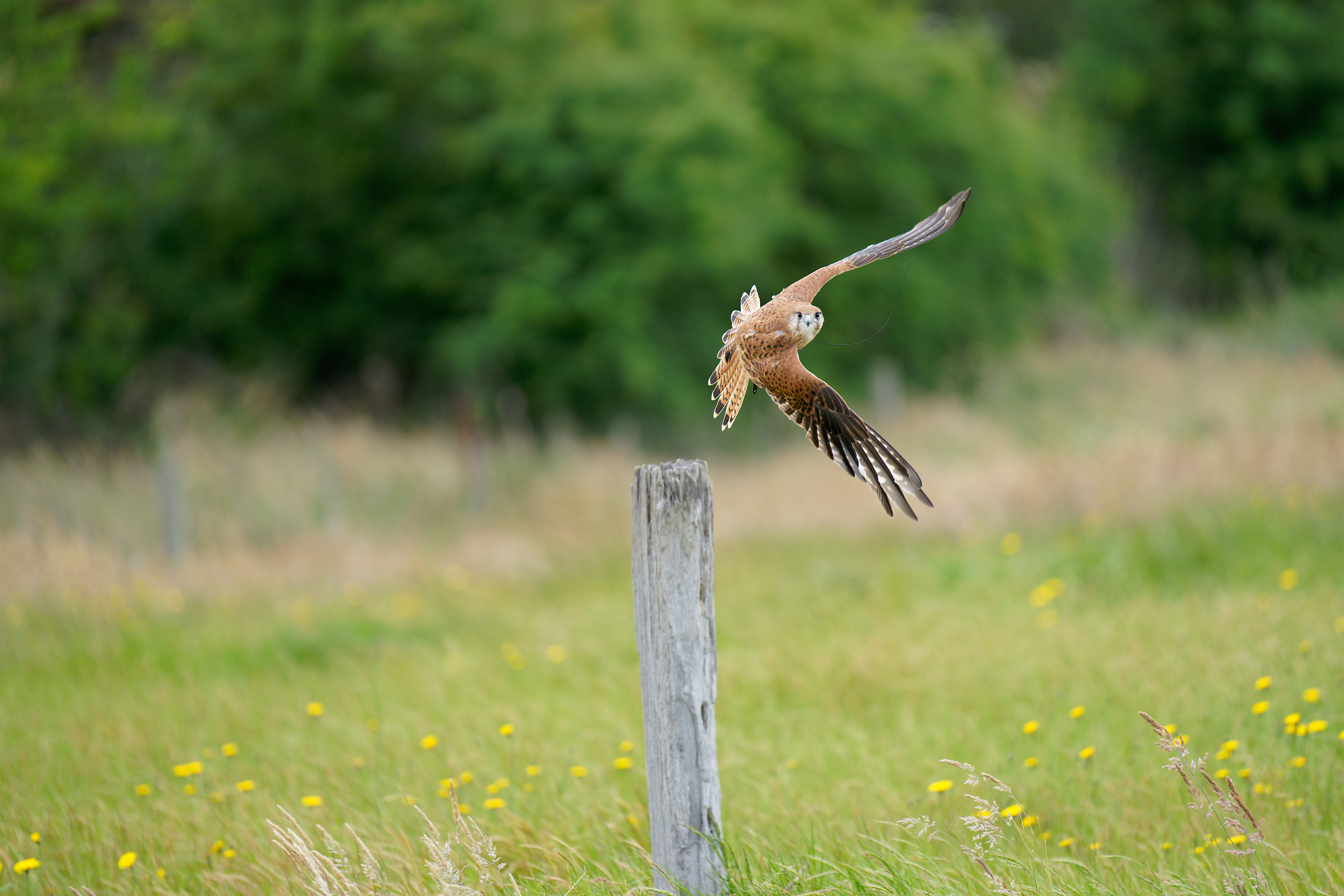
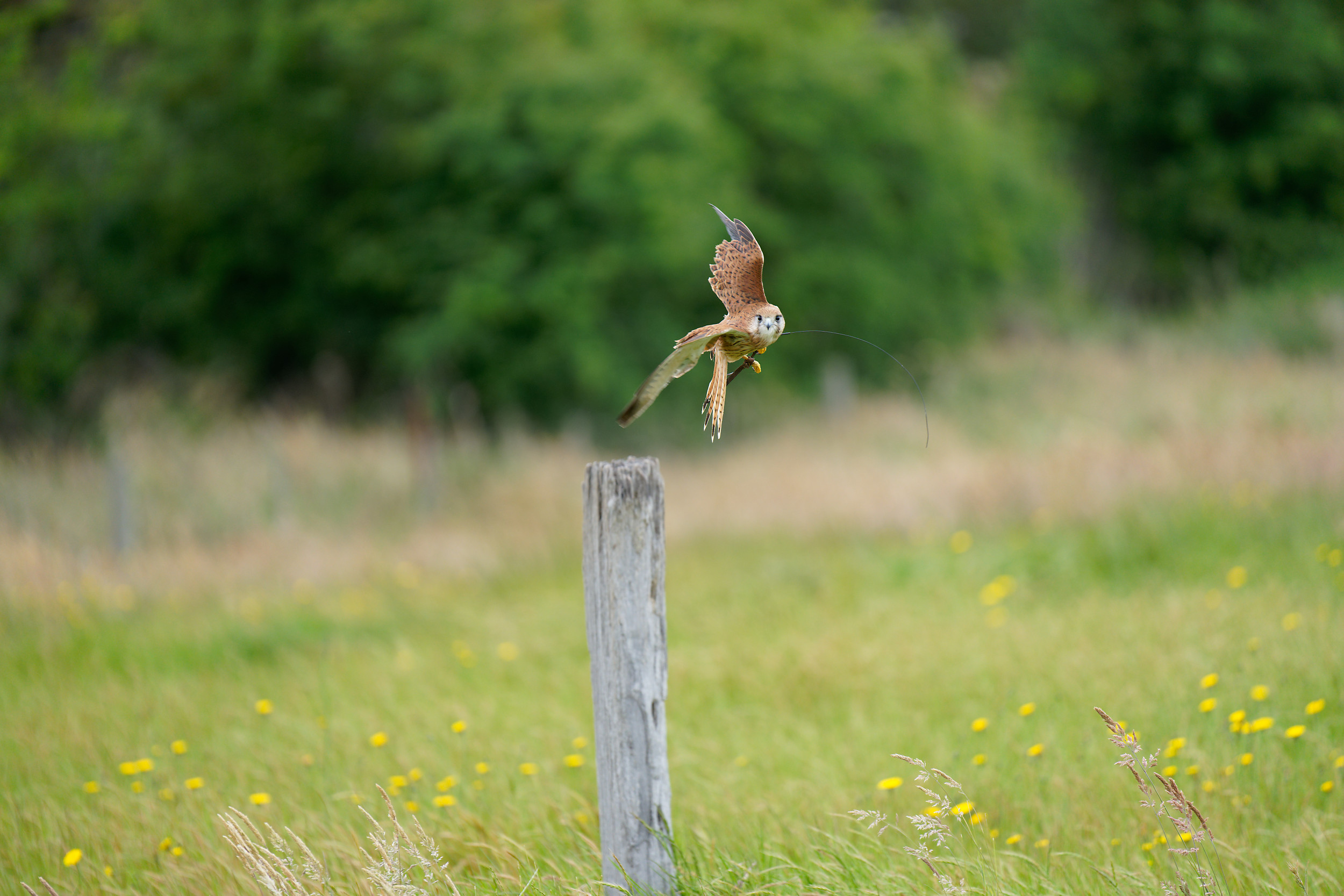
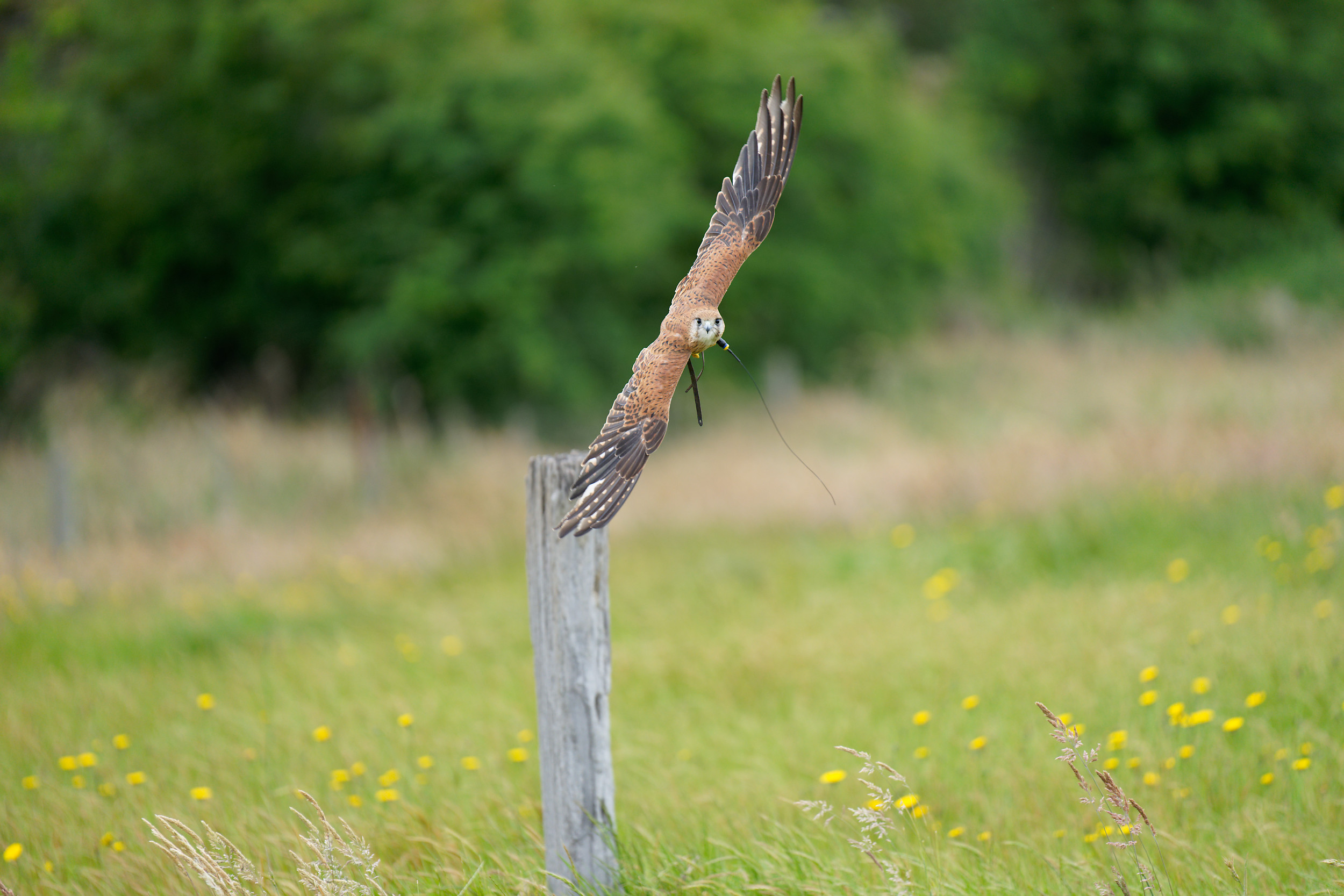
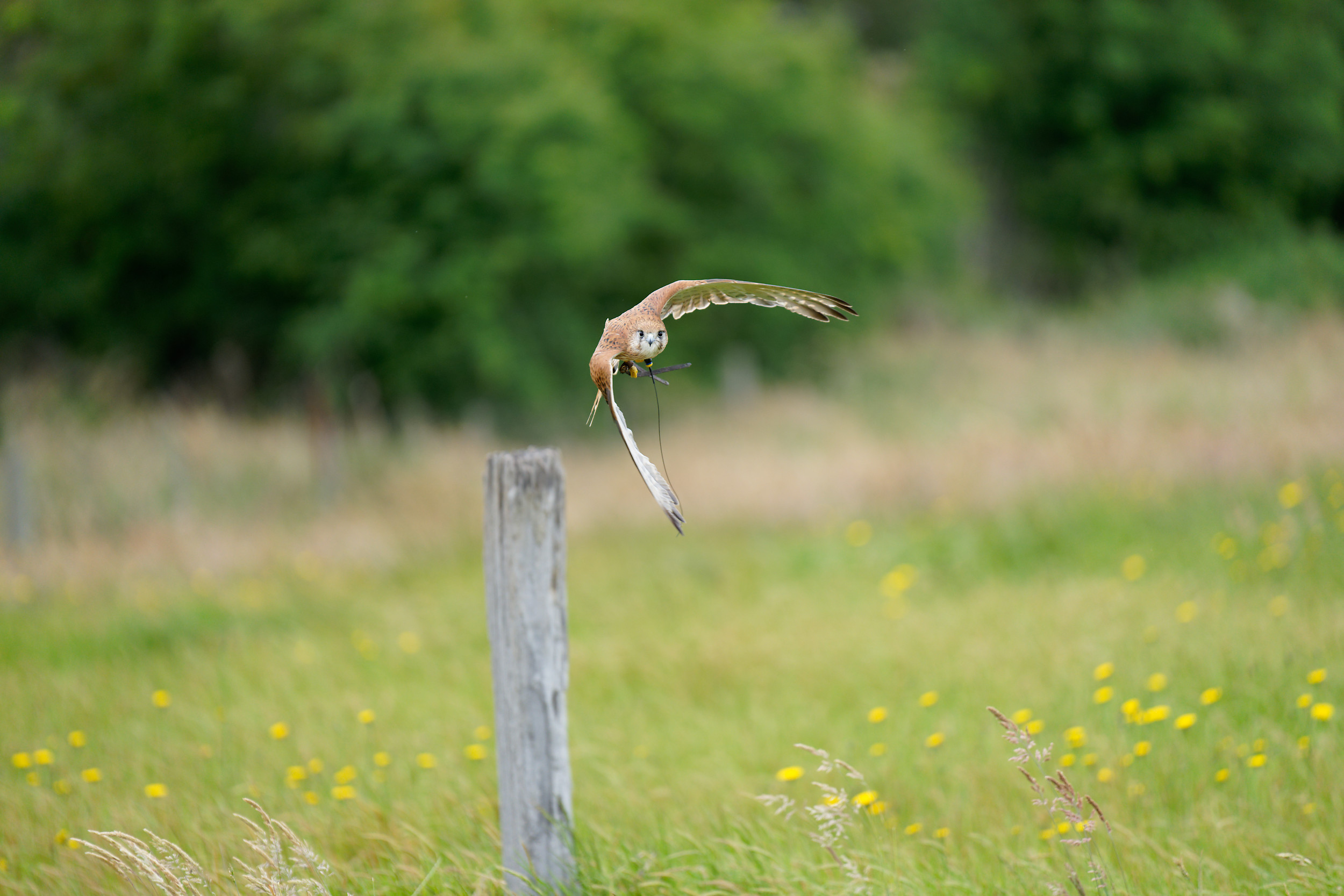
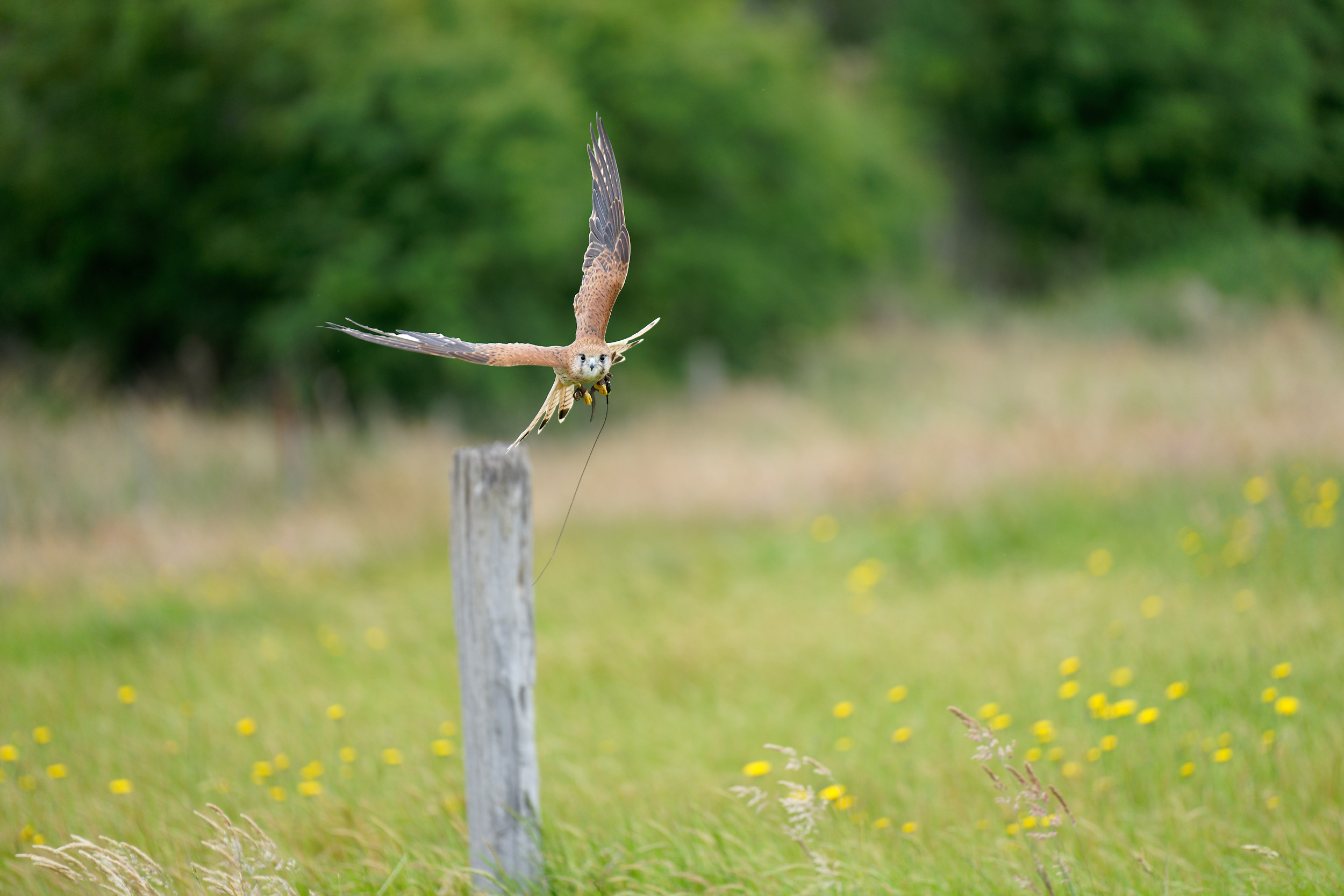
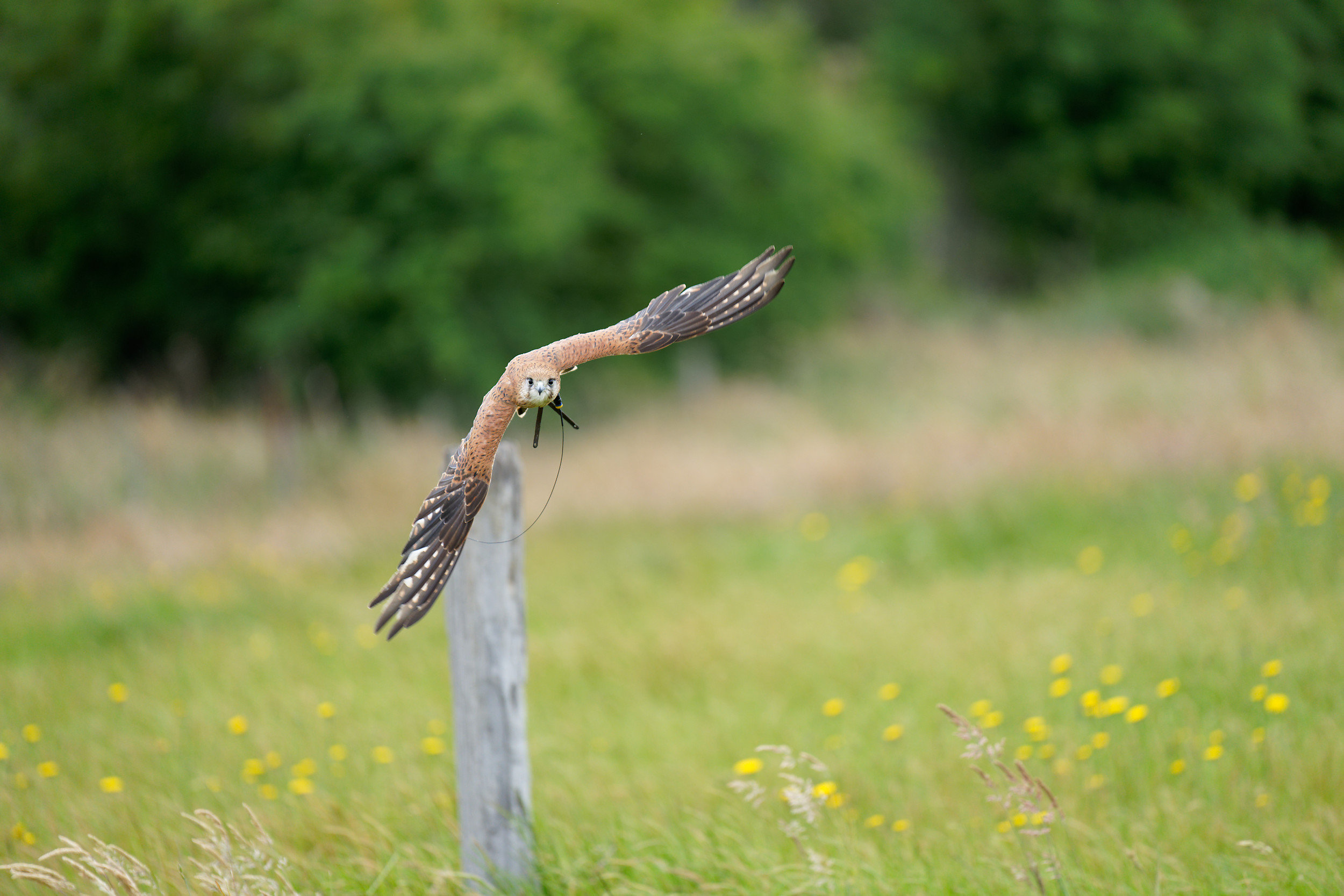
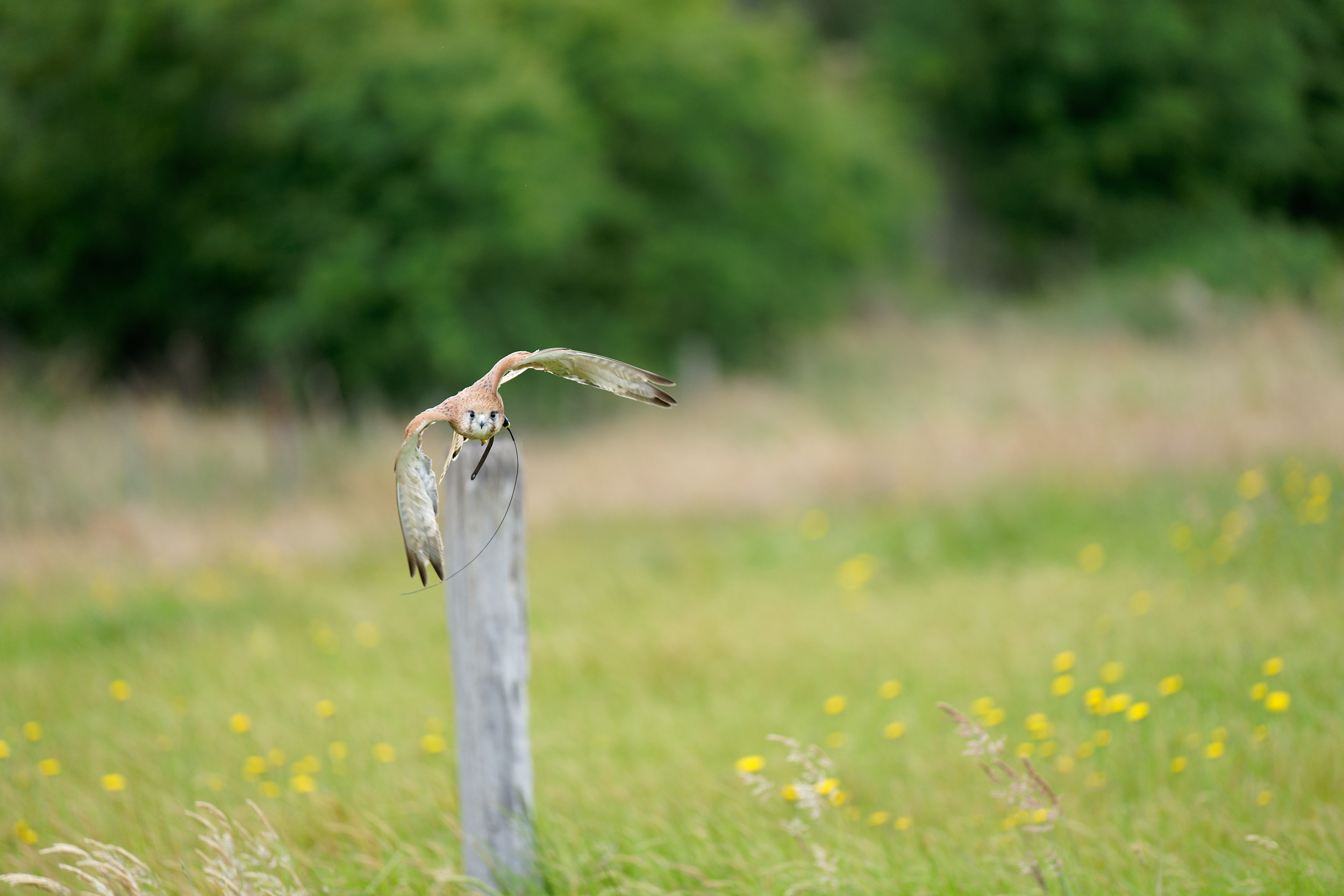
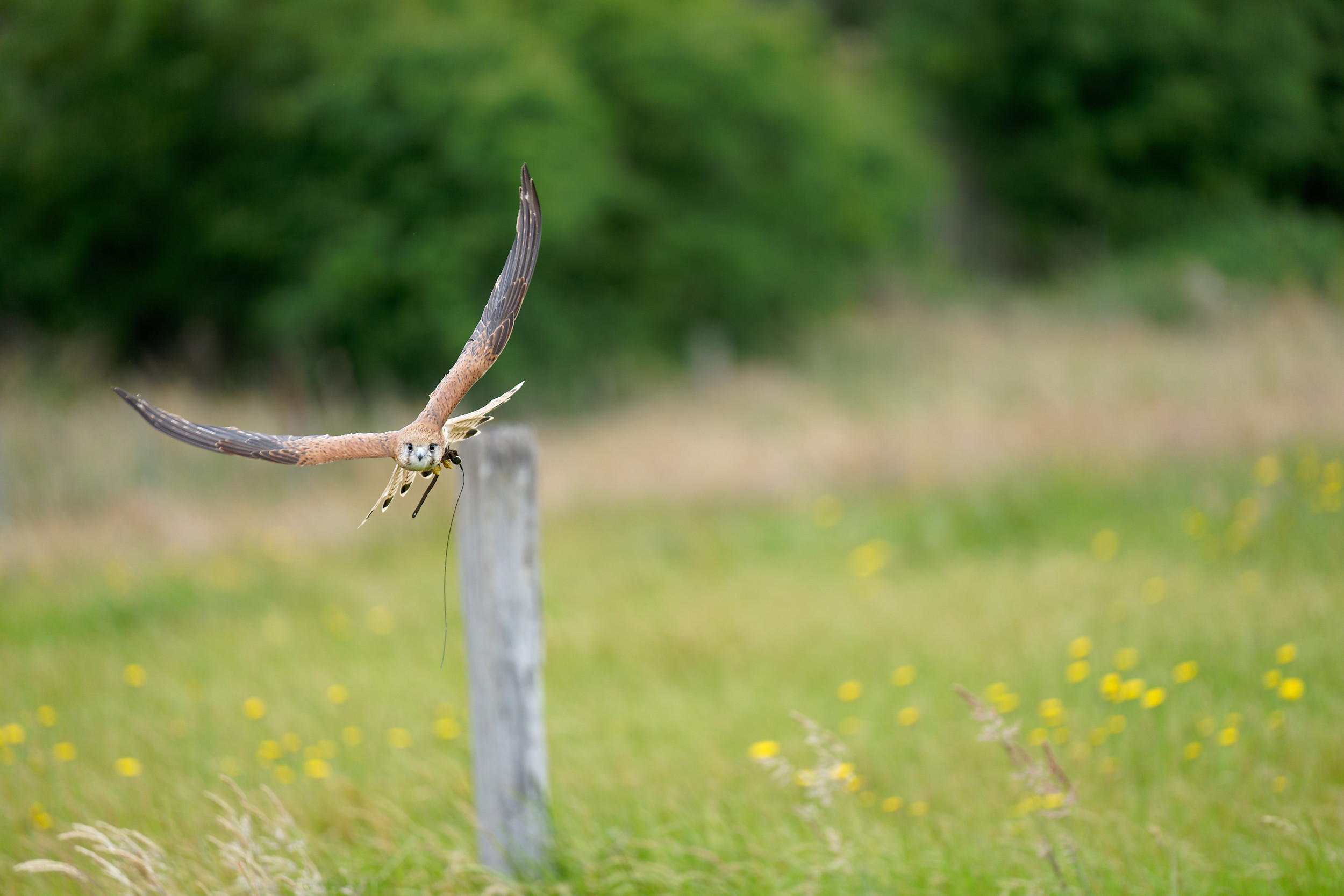
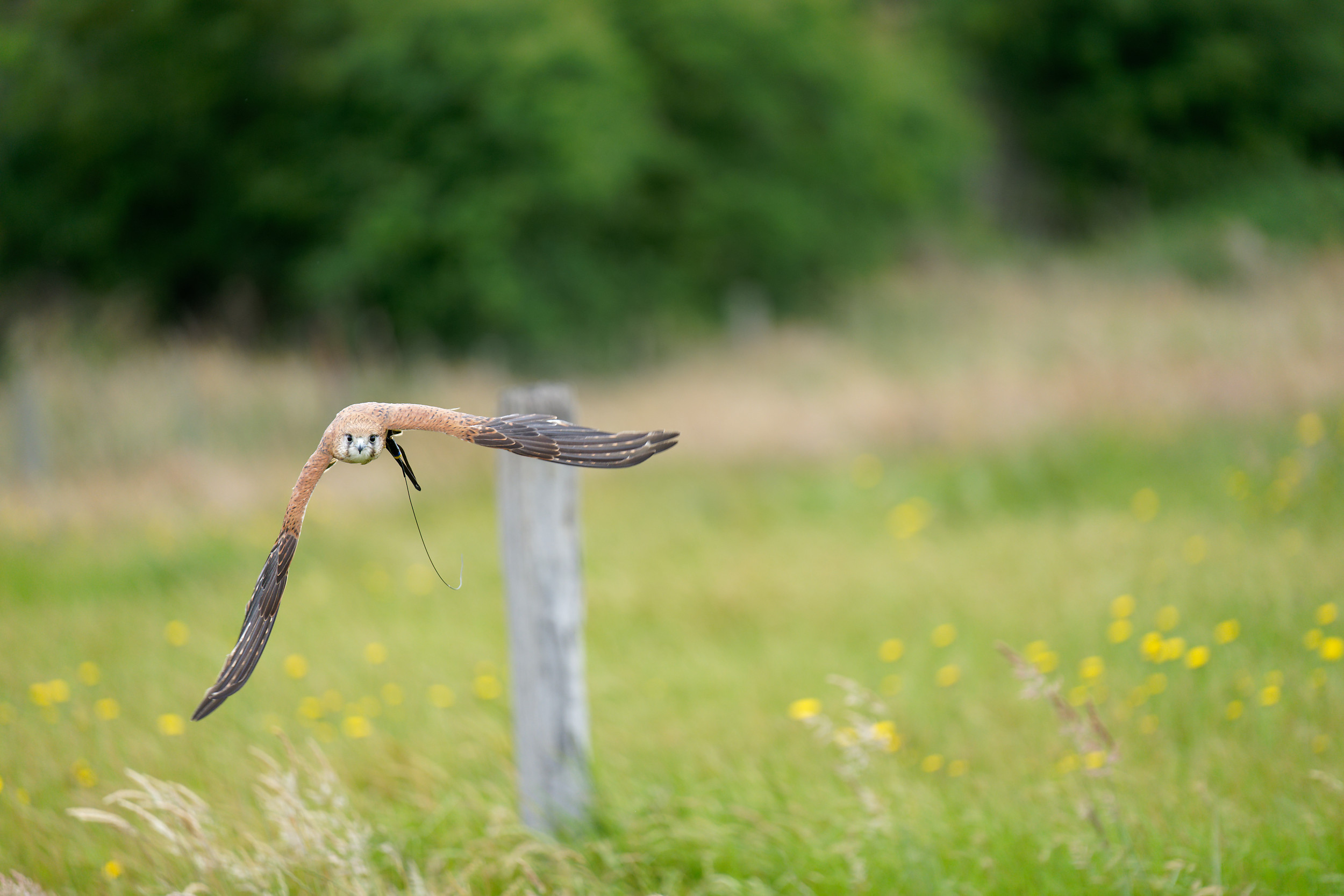
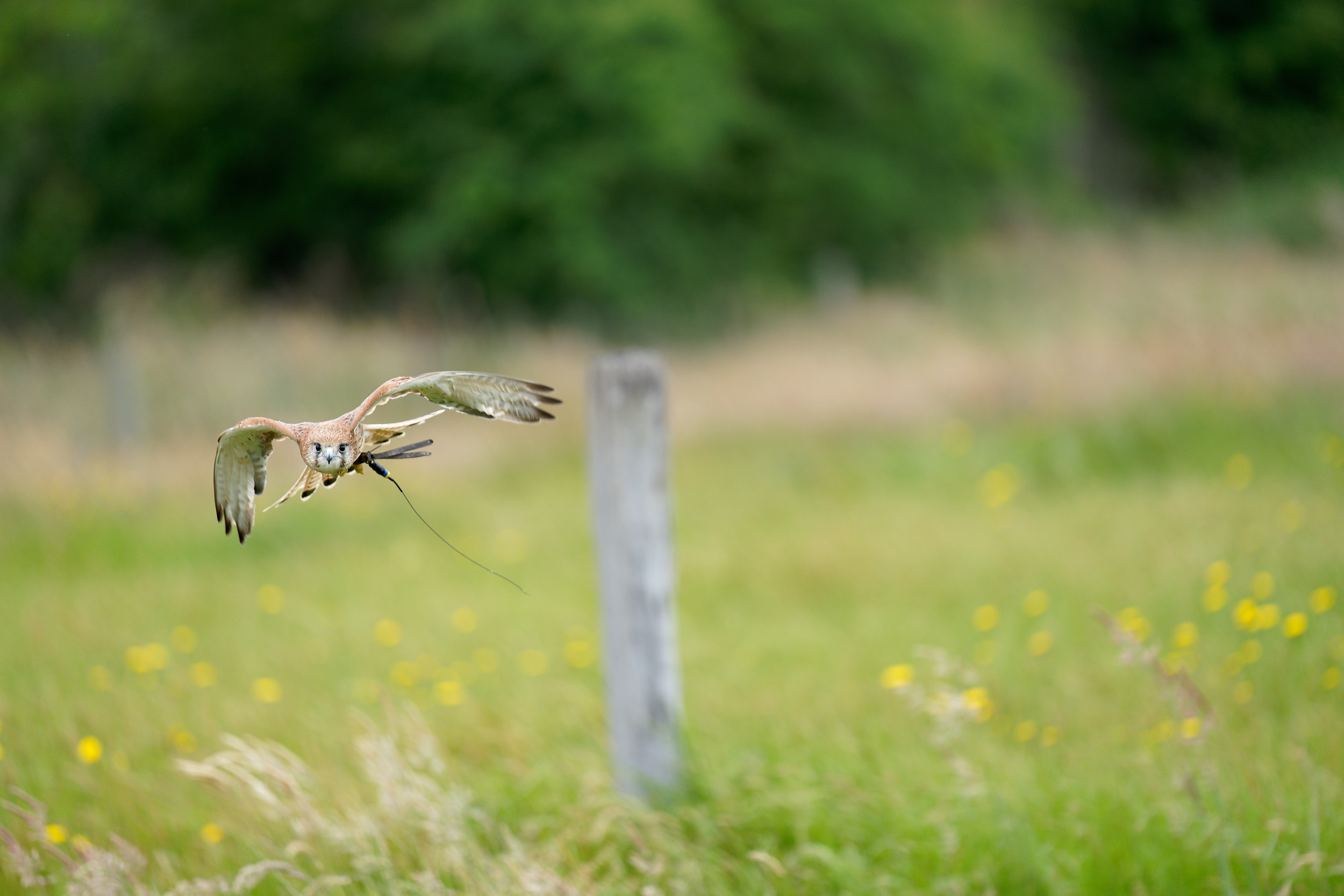
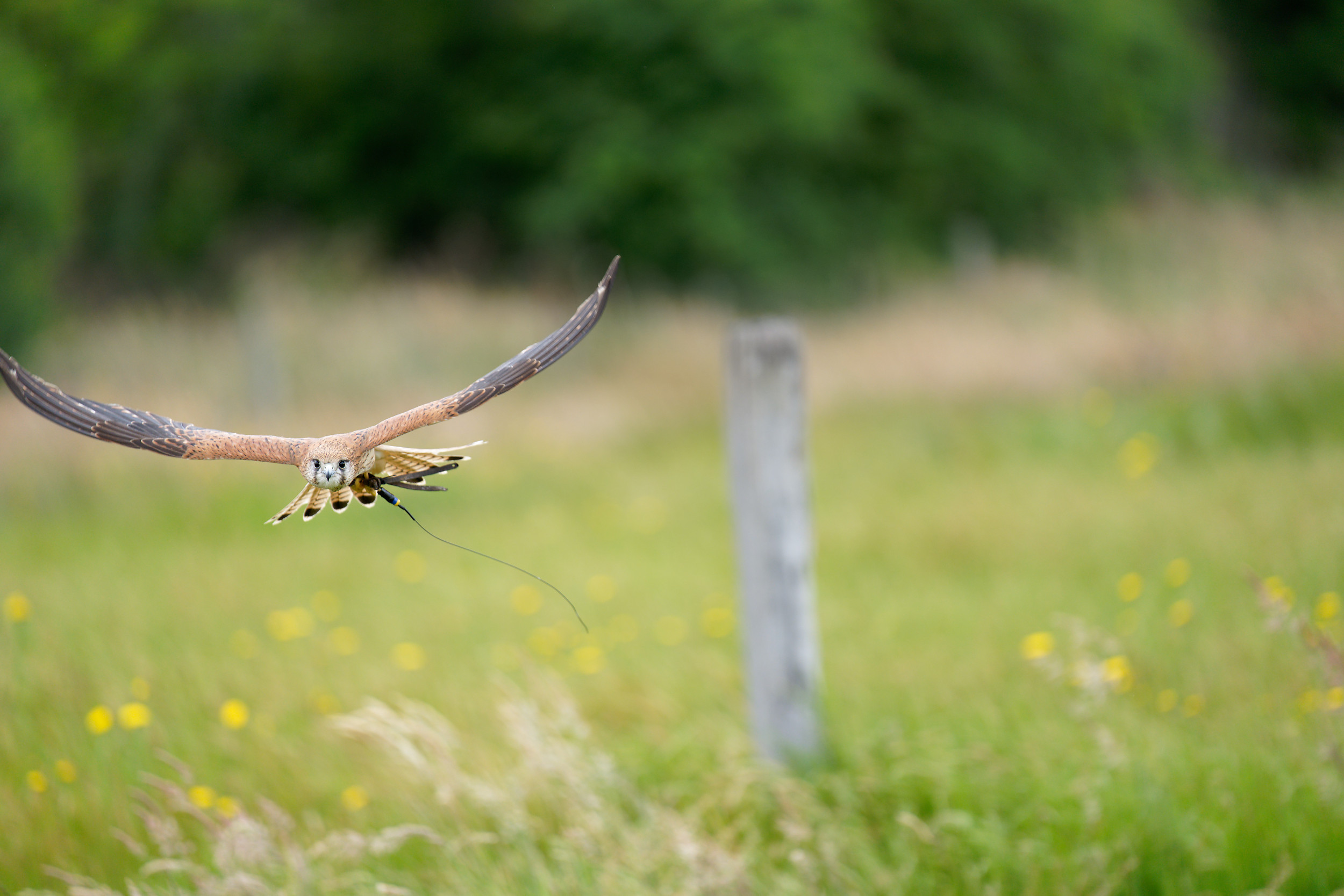
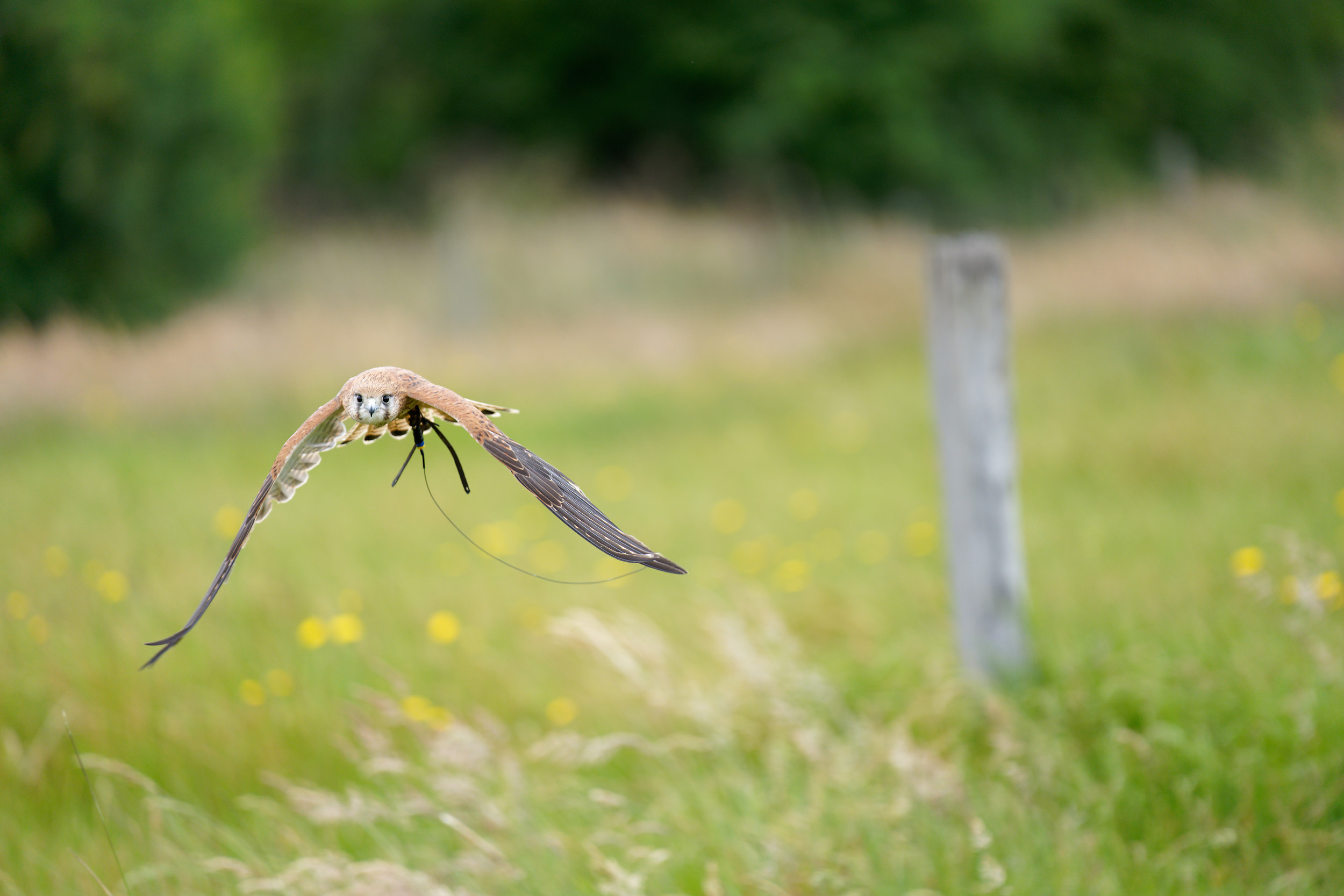
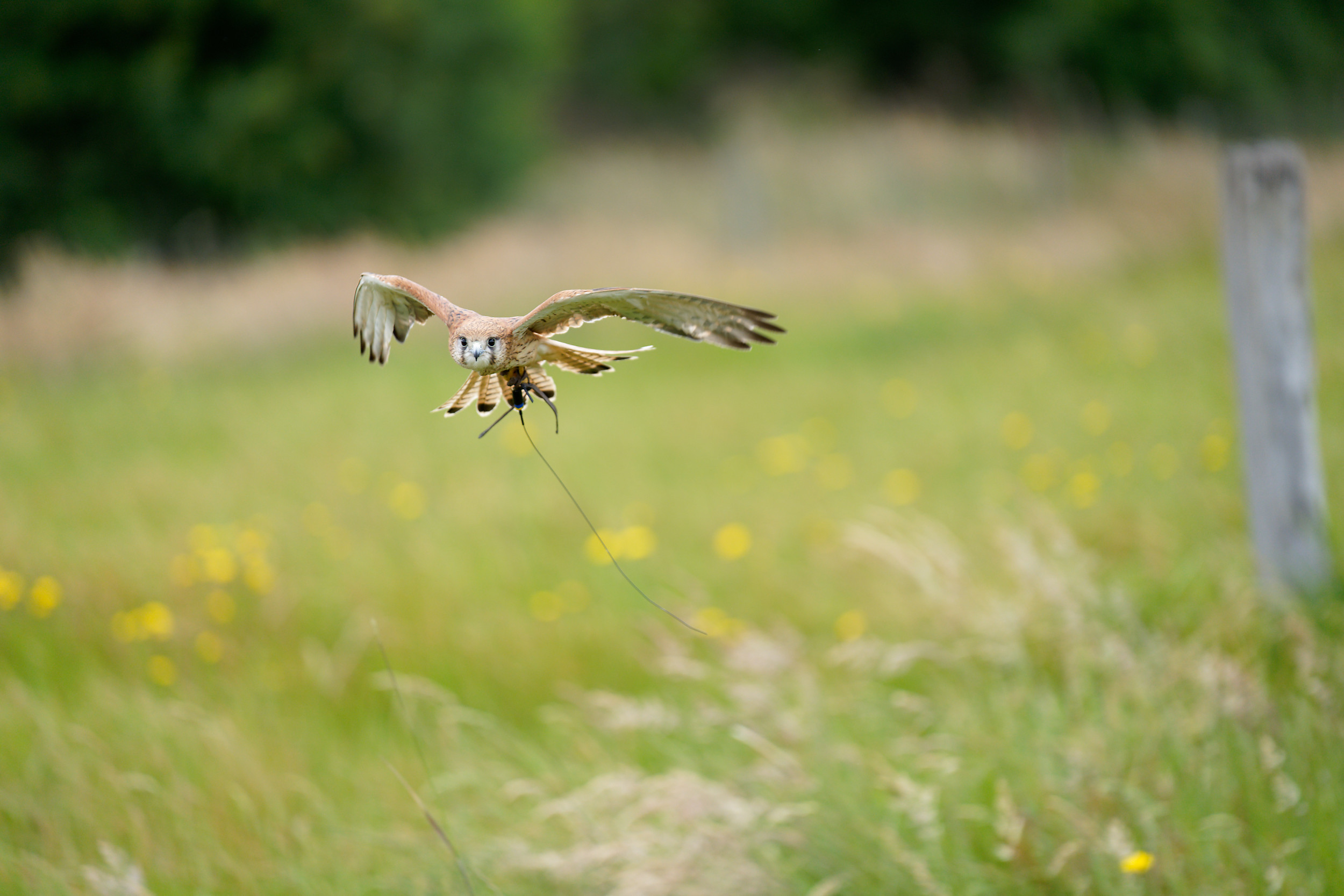
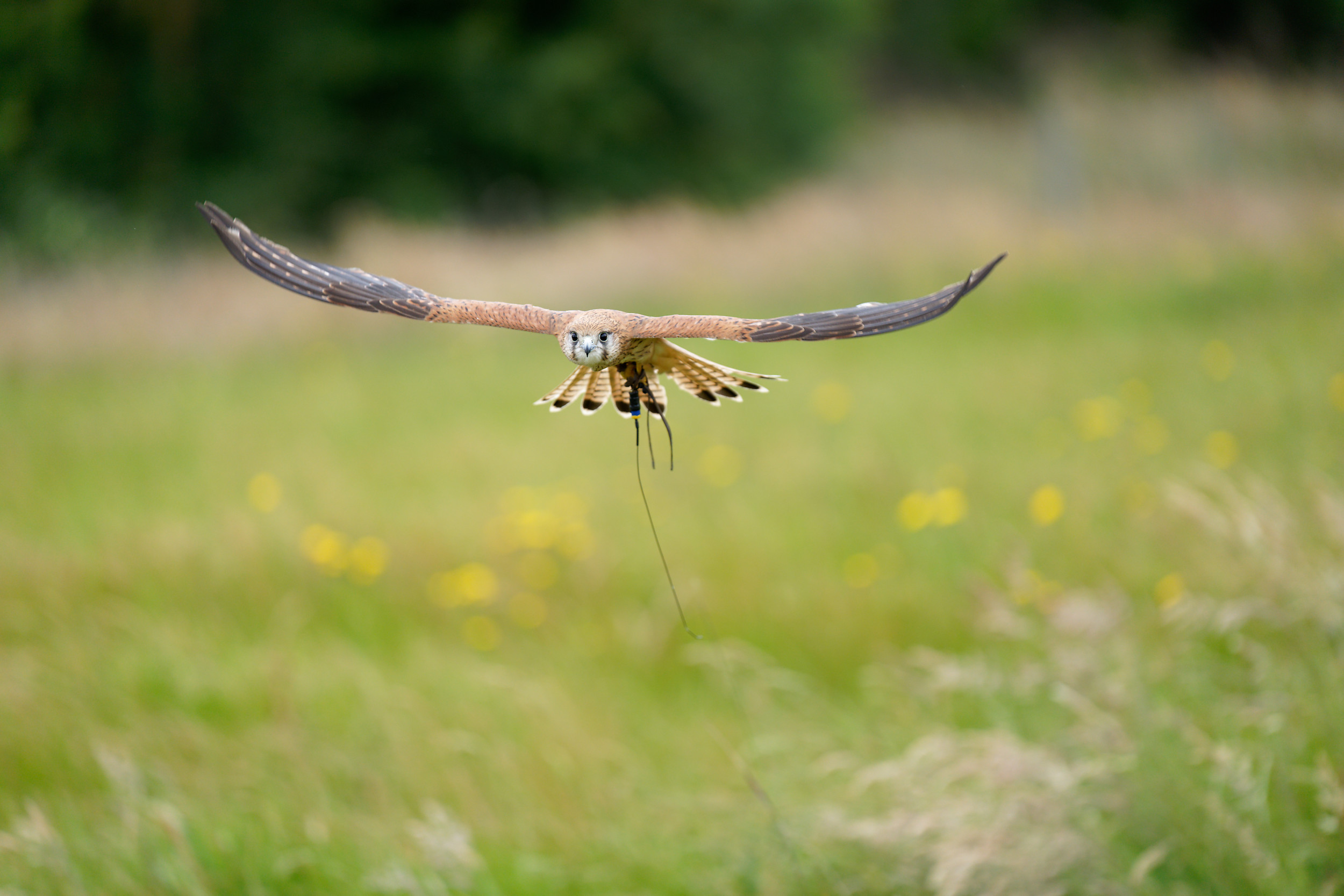
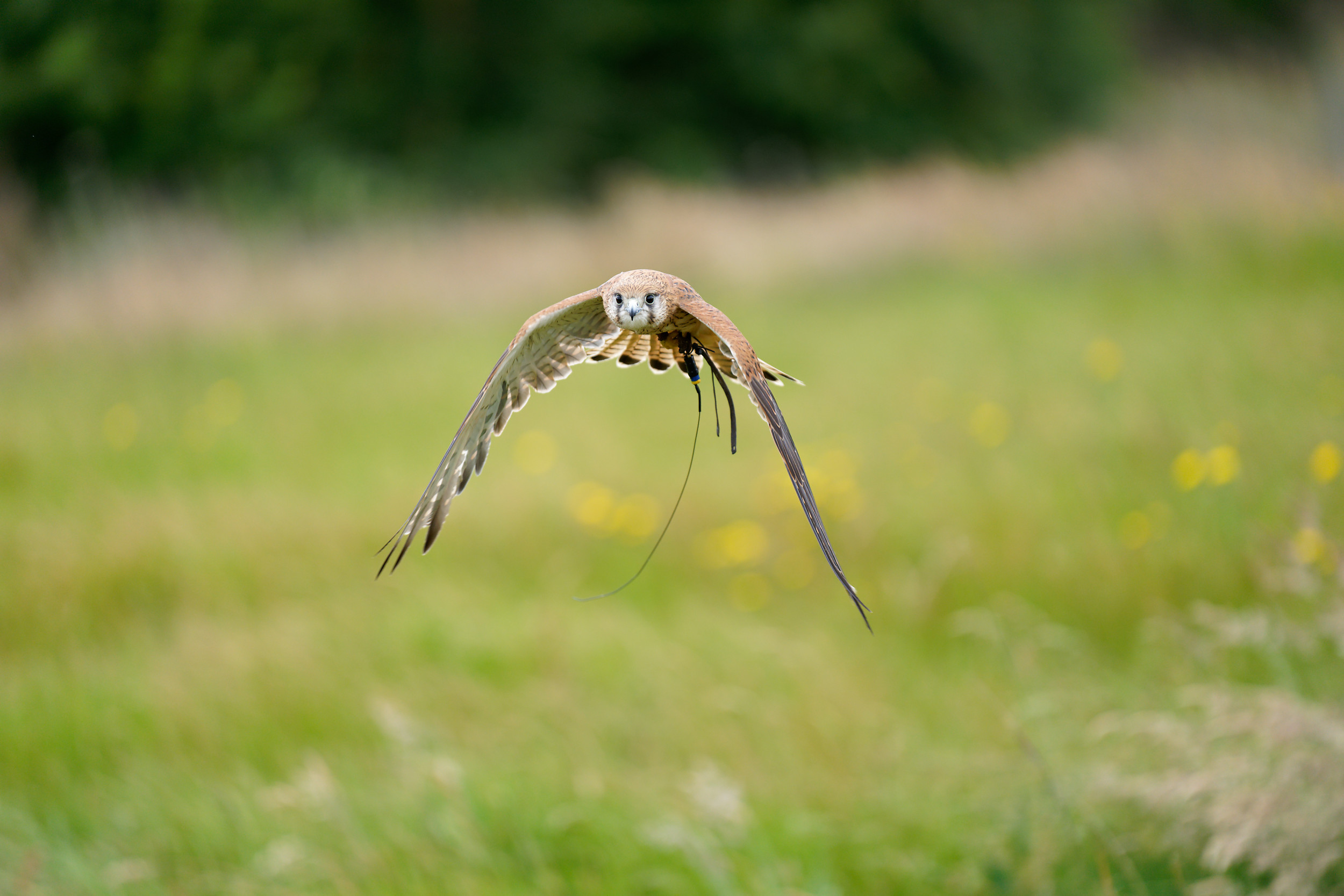
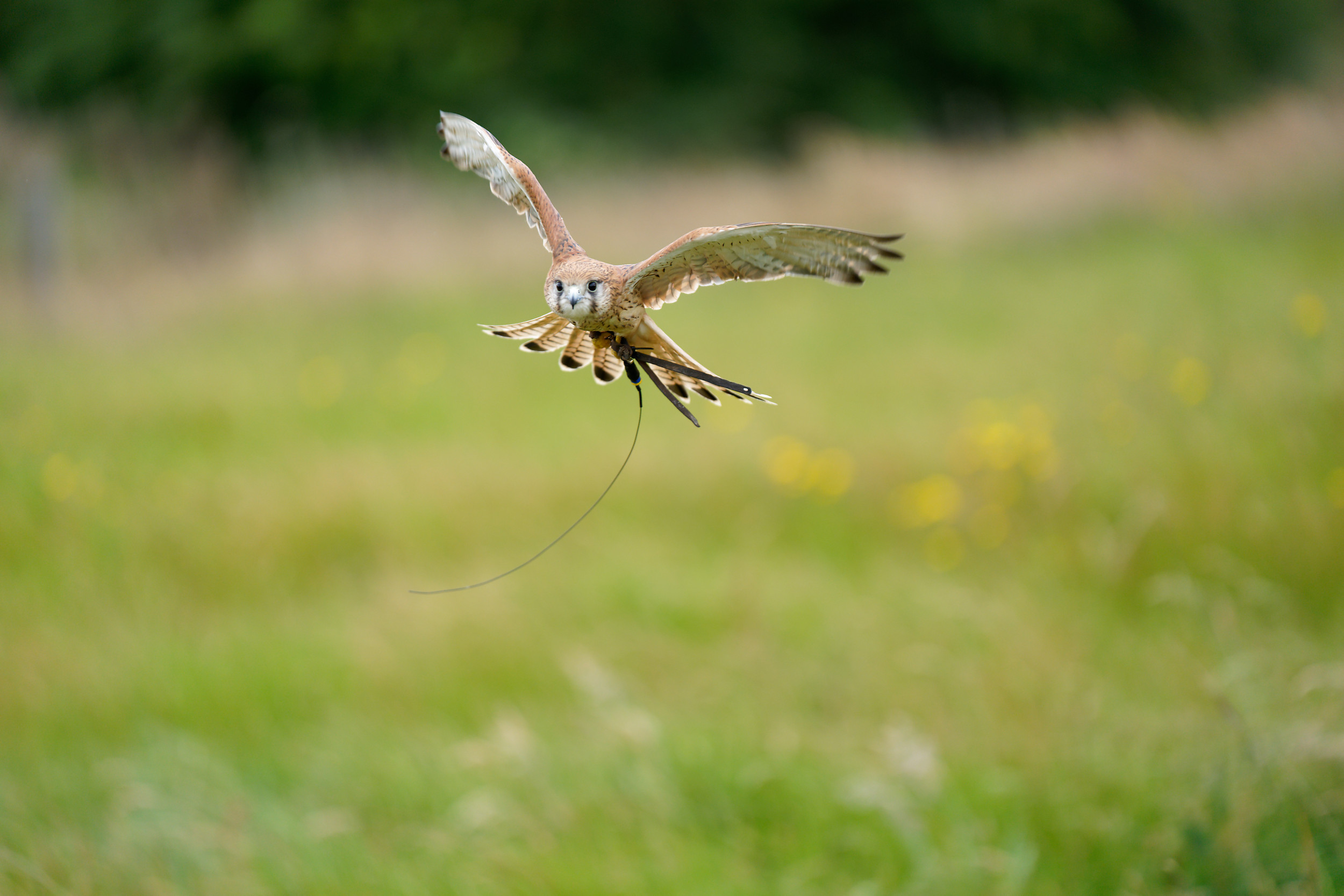
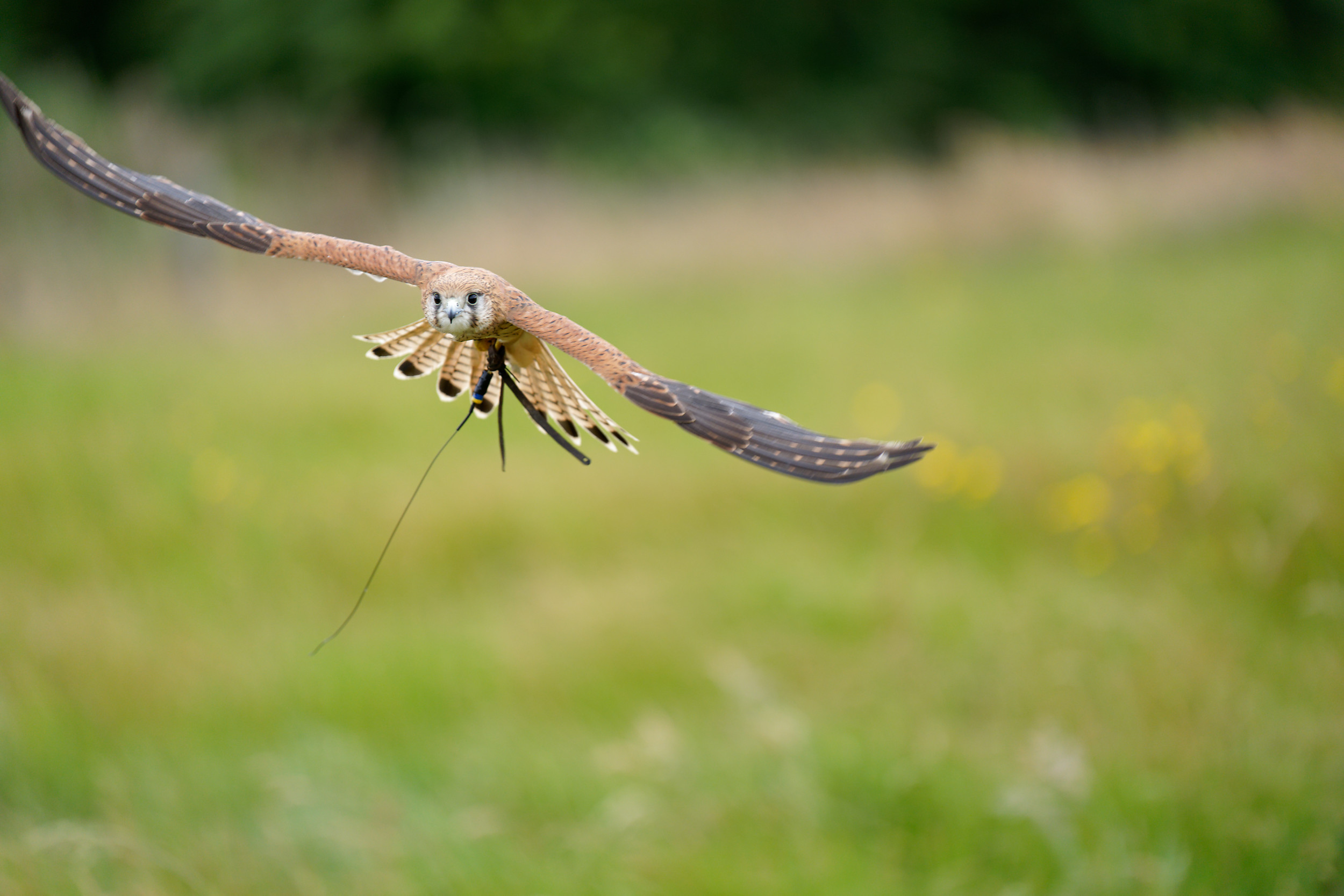
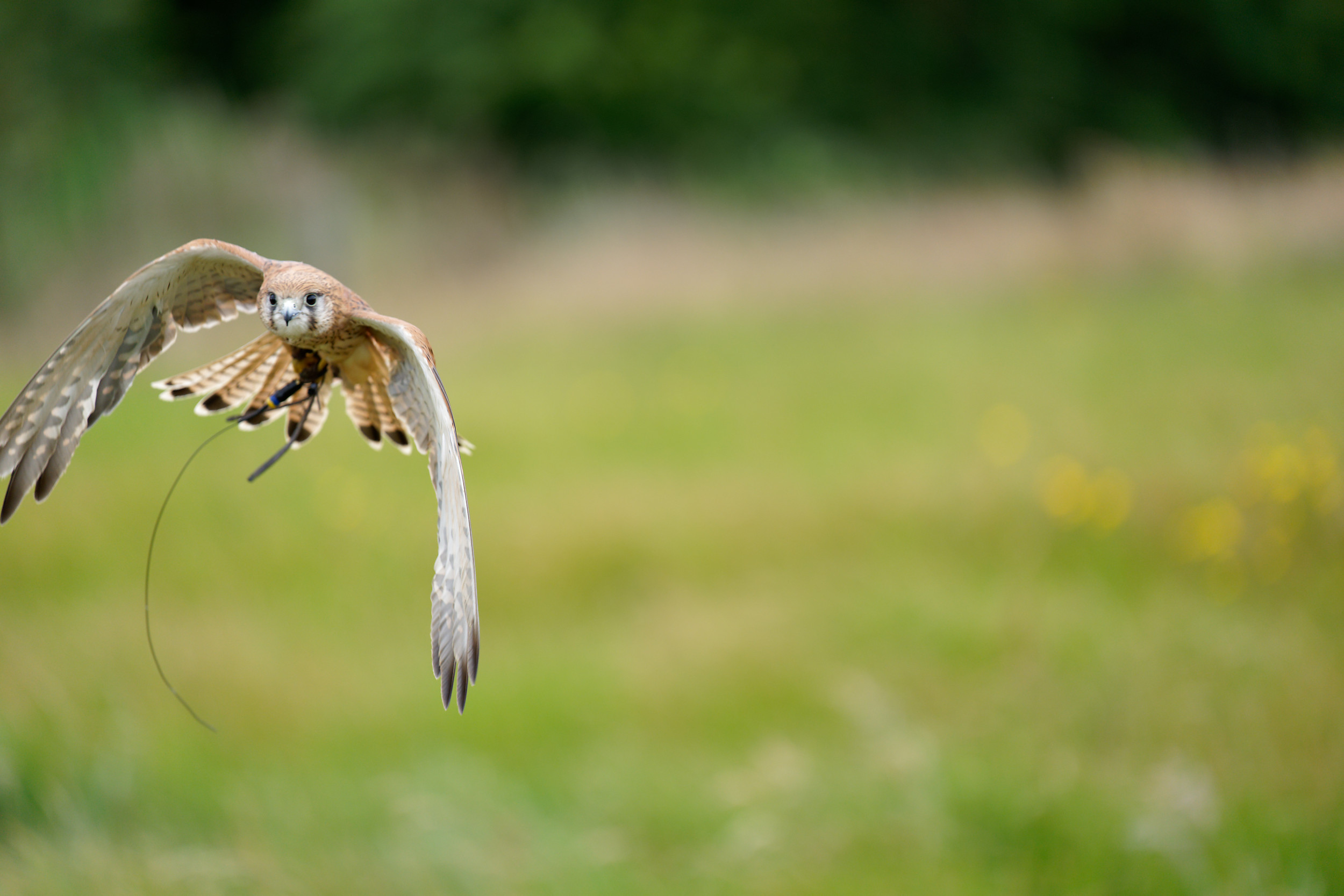
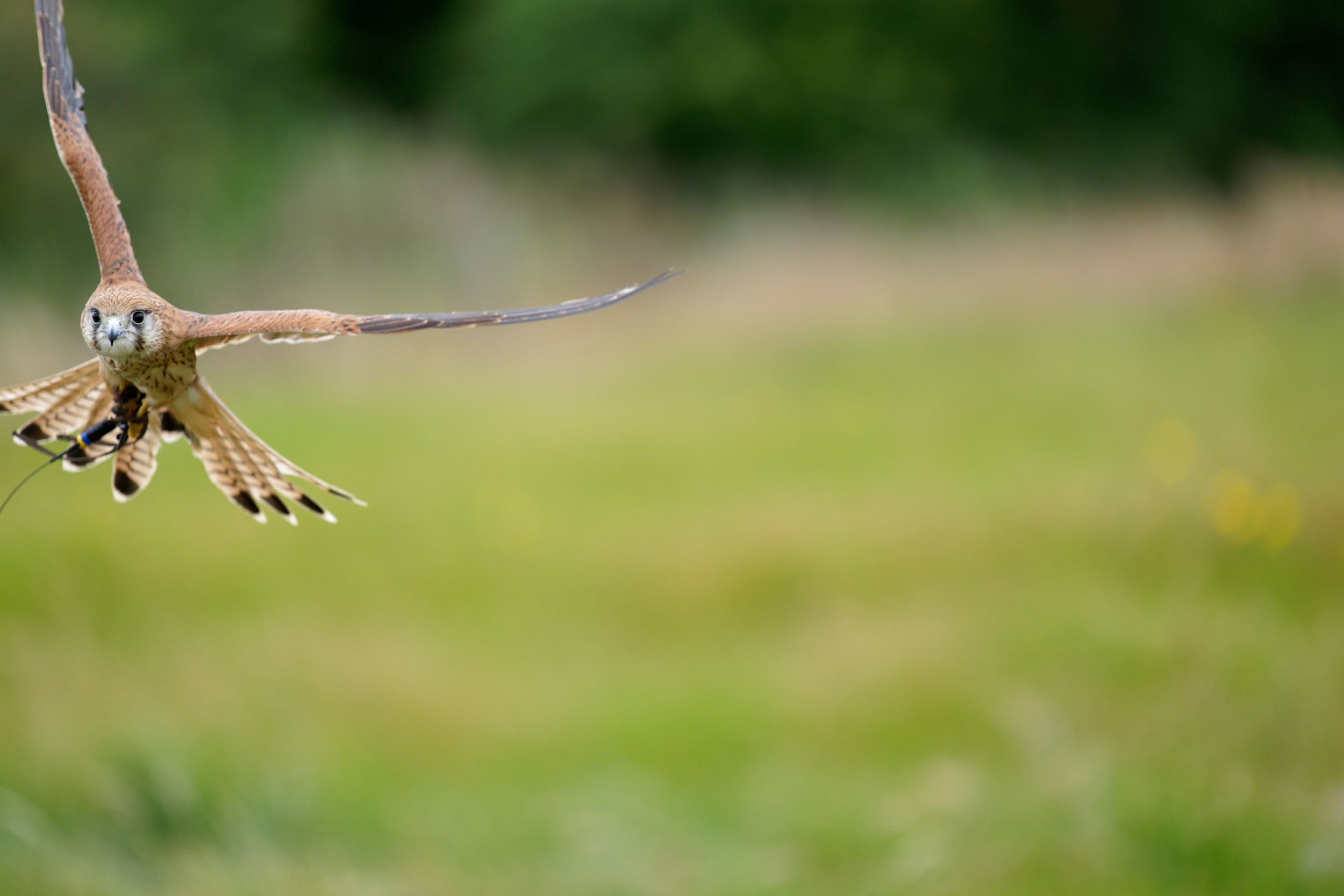
Yes, those last three frames clip the bird’s wing. I was doing my best to track the bird’s flight, but the images above are just over one second of flight. I had expected the bird to fly to camera right. You can see the strange way it moved to head towards me. If you keep an eye on the fence post launching point, you can see how much I had to pan. As I looked through these images, I was impressed at how tightly the eyes were glued on me, and how well the A1’s eye AF worked.
Summer has started a little hesitantly where I live, but the first Sunday in December was a lovely day, barely a hint of a cloud, bright sunshine, but not too hot. The reflection in the water is pristine, so there’s not a breath of wind. It’s a good time to relax, soak in the sunshine, and maybe listen to Queen’s song.
Shot with the new Sony 70-200mm f/2.8 GM II on a Sony A1. The shot above was take at 111mm, f/2.8, 1/2000, ISO 200 (due to auto-ISO). The image is uncropped.
To demonstrate that it wasn’t just the hippos taking a leisurely approach to the day, here are a couple of lions luxuriating in the warmth. The younger of the two clearly thinks the older makes a good footrest.
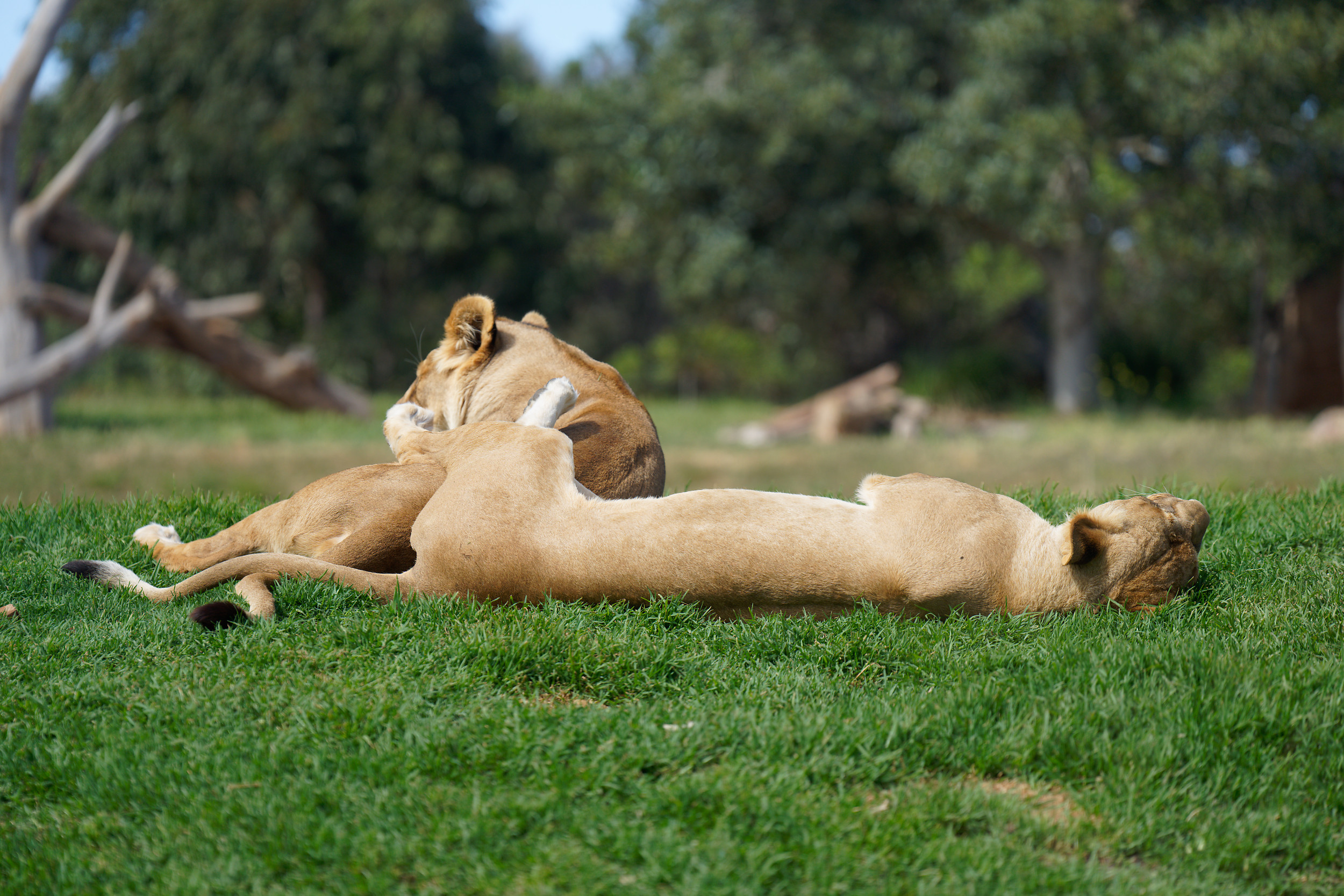
This shot was taken at 148mm, but all the other settings are the same.
The Sony 70-200mm f/2.8 GM OSS mark II is proving to be a very pleasant lens to use.
I visited the zoo at lunchtime, and caught this lemur sitting in the shadow, avoiding the harsh sunlight that we can see in the background. I like how much detail I captured in the shadow, and the separation of the lemur’s muzzle. The A1 managed to focus on the lemur’s eyes, despite the significant difference in brightness between the lemur and the background.
This image was shot with the Sony 200-600mm G lens at 312mm on a Sony A1, at f/6.3 1/2000 ISO 1250 (on auto ISO). The image is uncropped – thought you’d like to see the whole frame, including the lemur’s fingers.
The wild dogs get fed, and the local black kites are ready to souvenir anything that gets missed. Yes, kites are predatory, but they are perfectly willing to scavenge.
This image was shot with the Sony 135mm GM lens on a Sony A1, at f/1.8 1/10000 ISO 100. What you are looking at is a 2500×1667 crop from the frame. Arguably, this wasn’t the best choice of lens for this subject, but Sony has yet to make the 200mm f/2 GM or 300mm f/2.8 GM that I’d dearly love to be using here. That said, the 135 GM is so sharp, I can get away with such a savage crop. I really like having the extra headroom on the shutter speed, being able to go above 1/8000 all the way to 1/32000 – it effectively gives me two more stops before I need to think about stopping the lens down.
Kulinda the cheetah is prowling. Not moving quickly, but intent on examining what the keepers have done to her space (she has been out for just a few minutes). She has come quite close to the window. This is a completely uncropped frame (and you know how much I love to crop!) – no room to crop, but I’m willing to put up with that on this one.
This image was shot with the Sony 135mm GM lens on a Sony A1, at f/1.8 1/3200 ISO 100. You could argue that I should perhaps have shot this at maybe f/8 to get a greater depth of field, but I like that only her head is fully in focus, courtesy of animal eye AF in the A1.
I can’t resist. Here’s another image from shortly before, as she stalked past the window. This image was shot with the same settings, and it, too, is uncropped. The early morning sun is low in the sky, but it’s already bright and clear (look at how strong her shadow is); there were no clouds this morning.
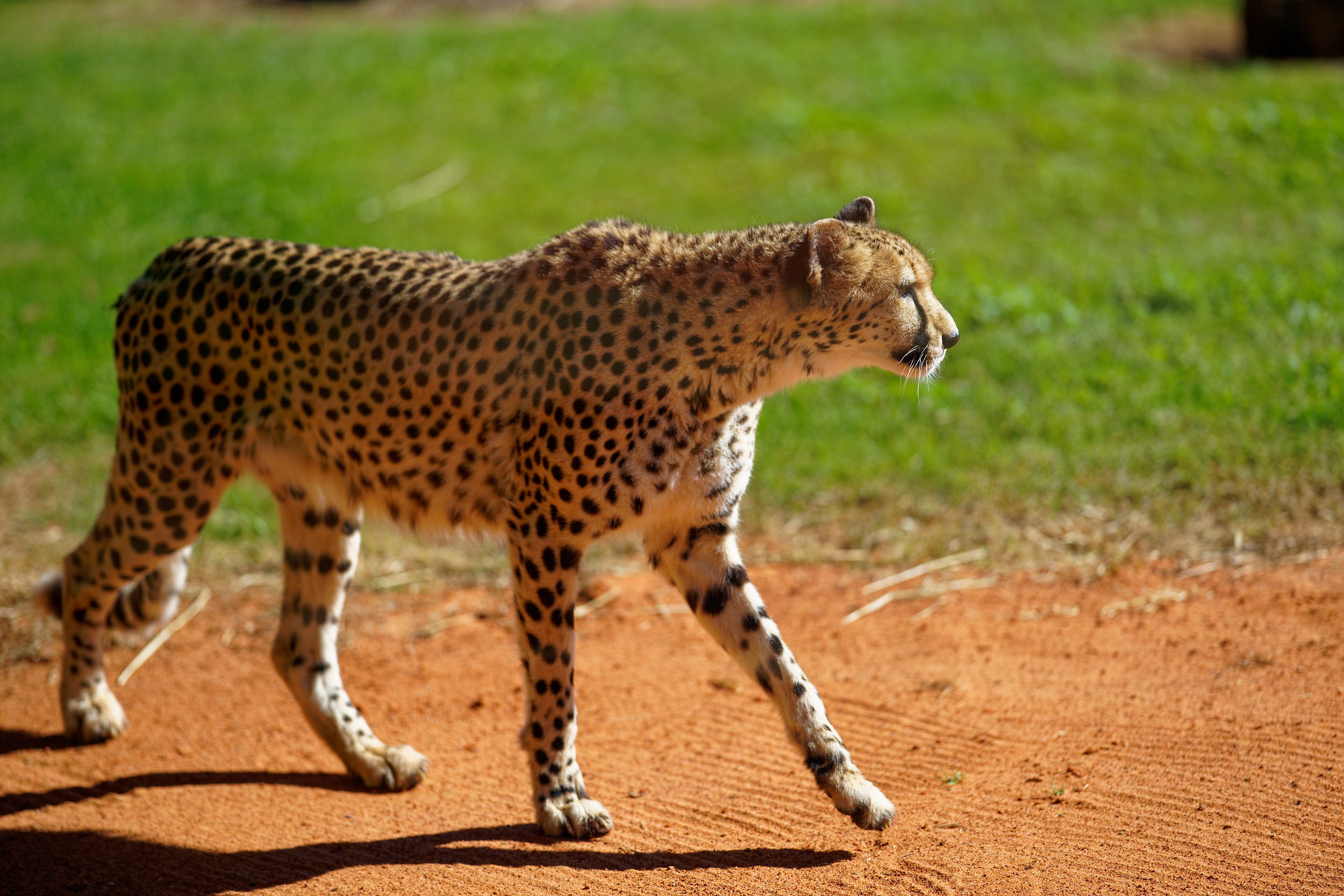
I like the idea of making a perfectly mundane object just a little different. You cannot get much more mundane than a manhole cover, and a great many of them are quite boring. Whoever designed this one decided it could be a bit distinctive without losing any of its functionality. That appeals to me.
This images was shot with the Voigtländer APO Lanthar 50mm f/2 lens on a Sony A1, at f/8 1/200 ISO 250 using manual focus. The image is cropped.
Showing off her distinctive plumage, this black-breasted buzzard is naturally alliterative.
When chased by a lion, don’t expect climbing a tree to save you